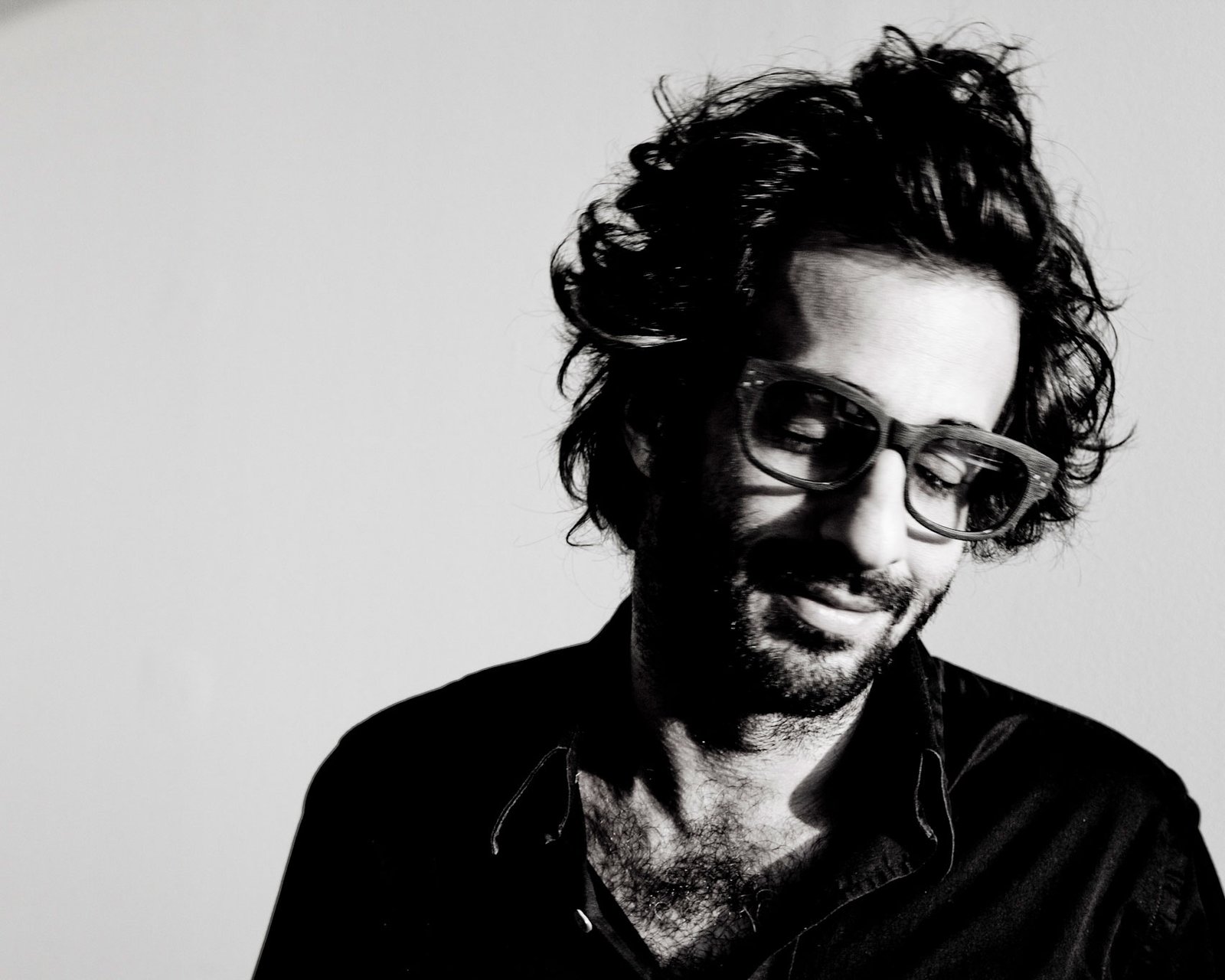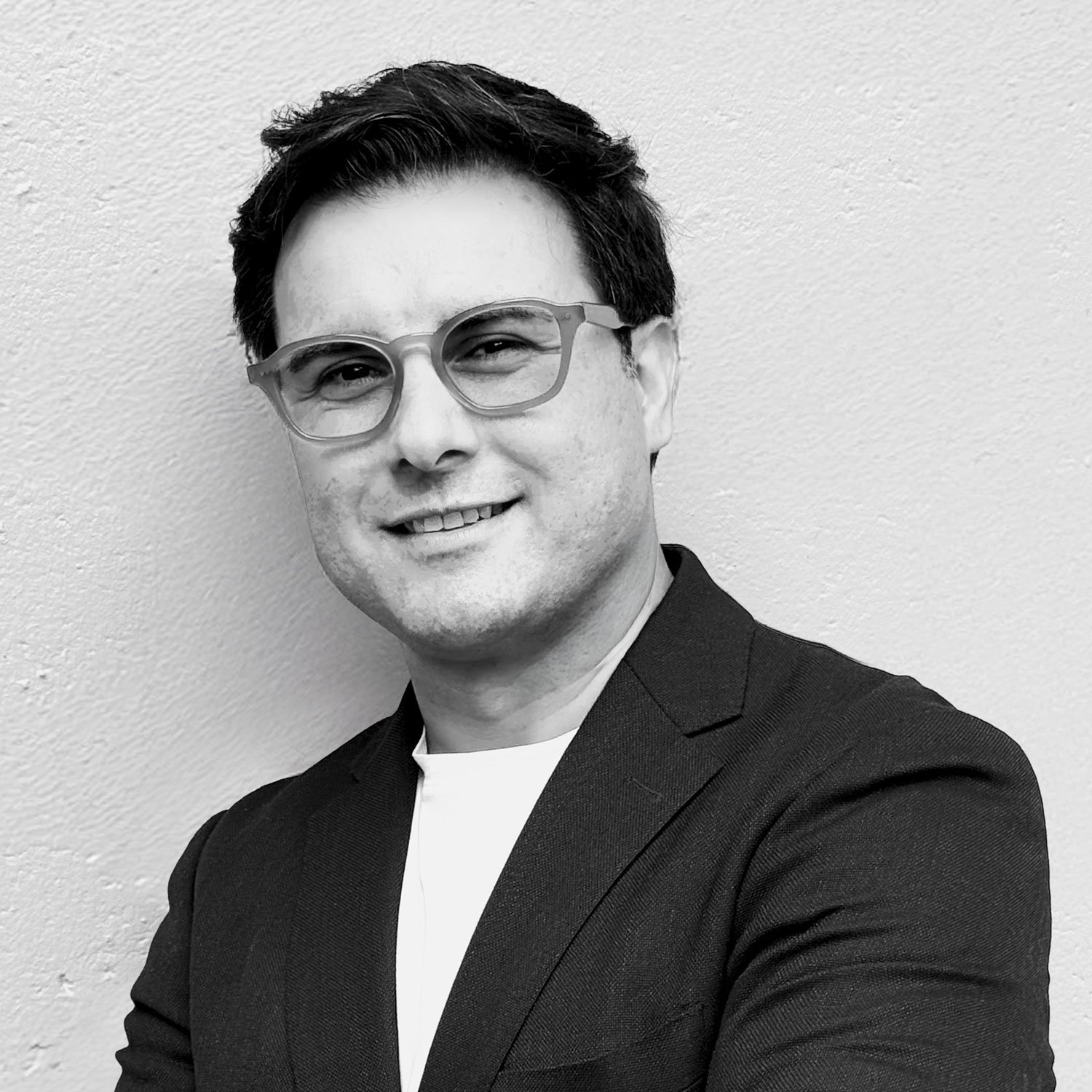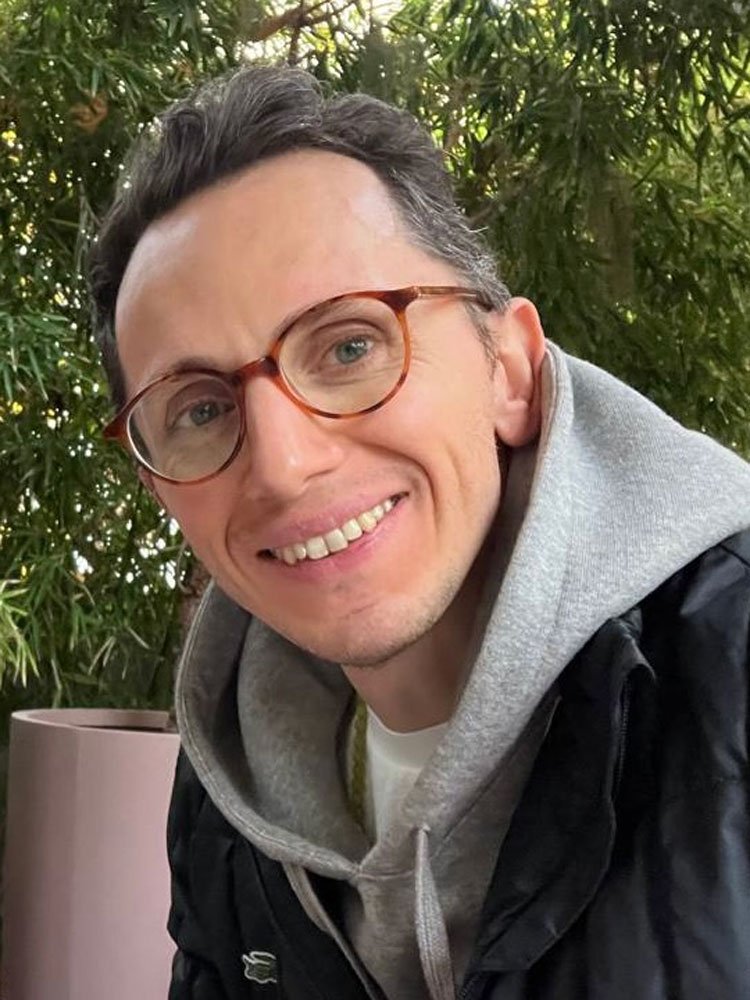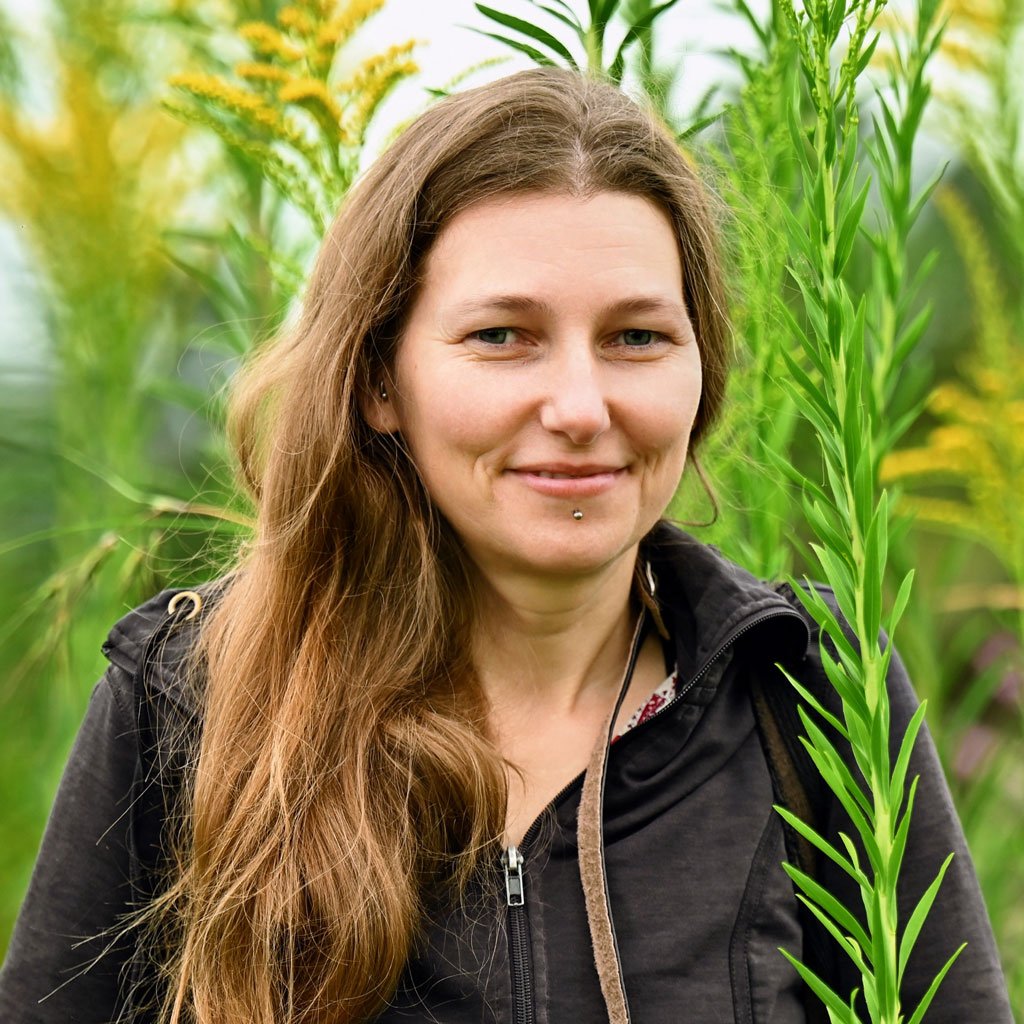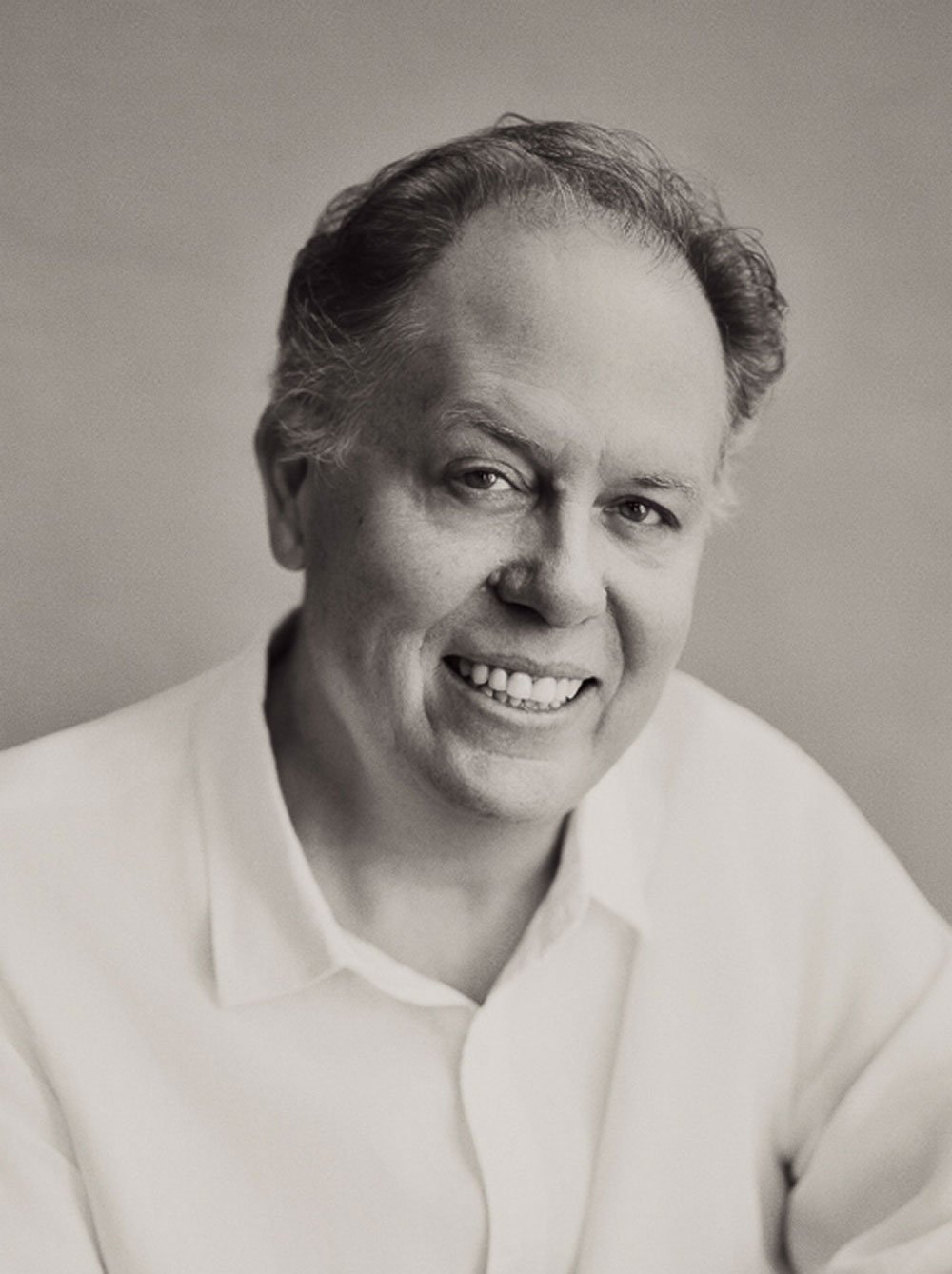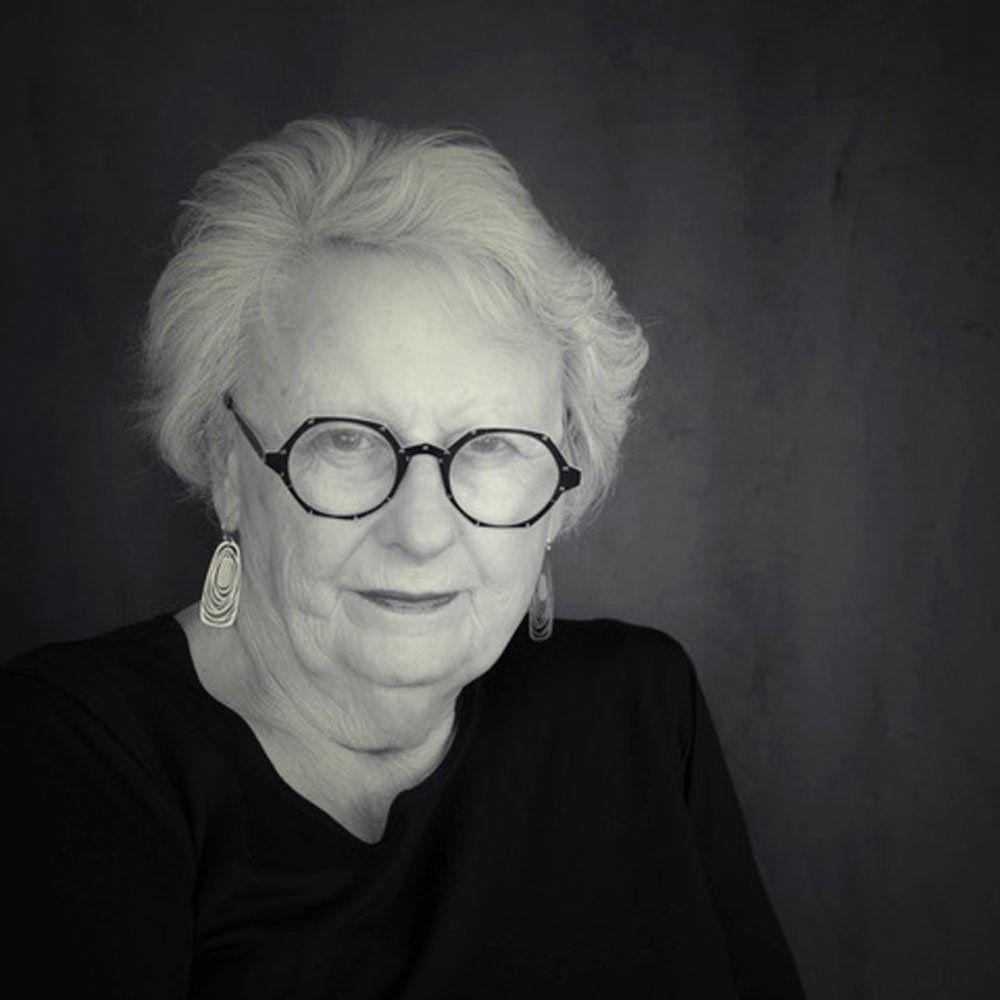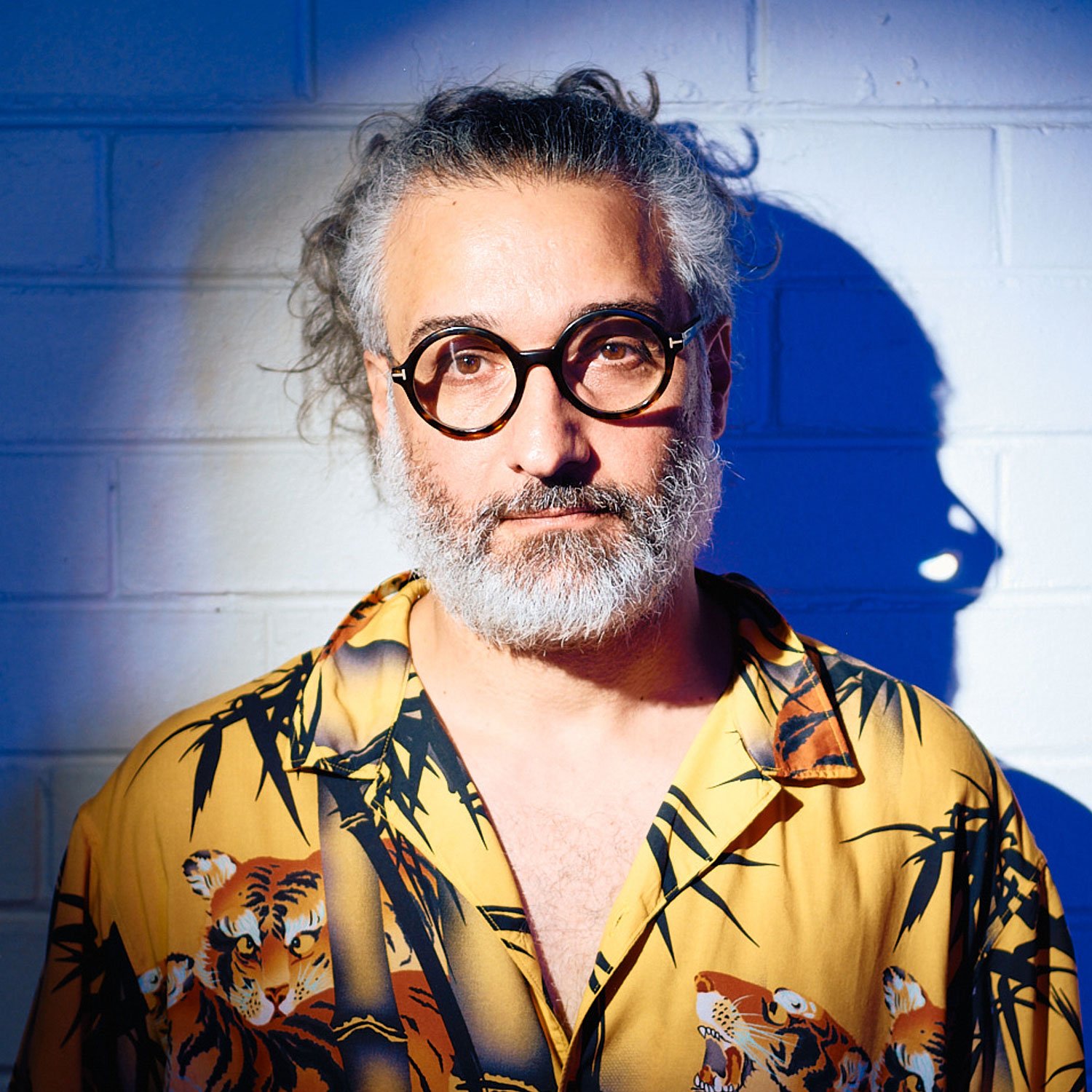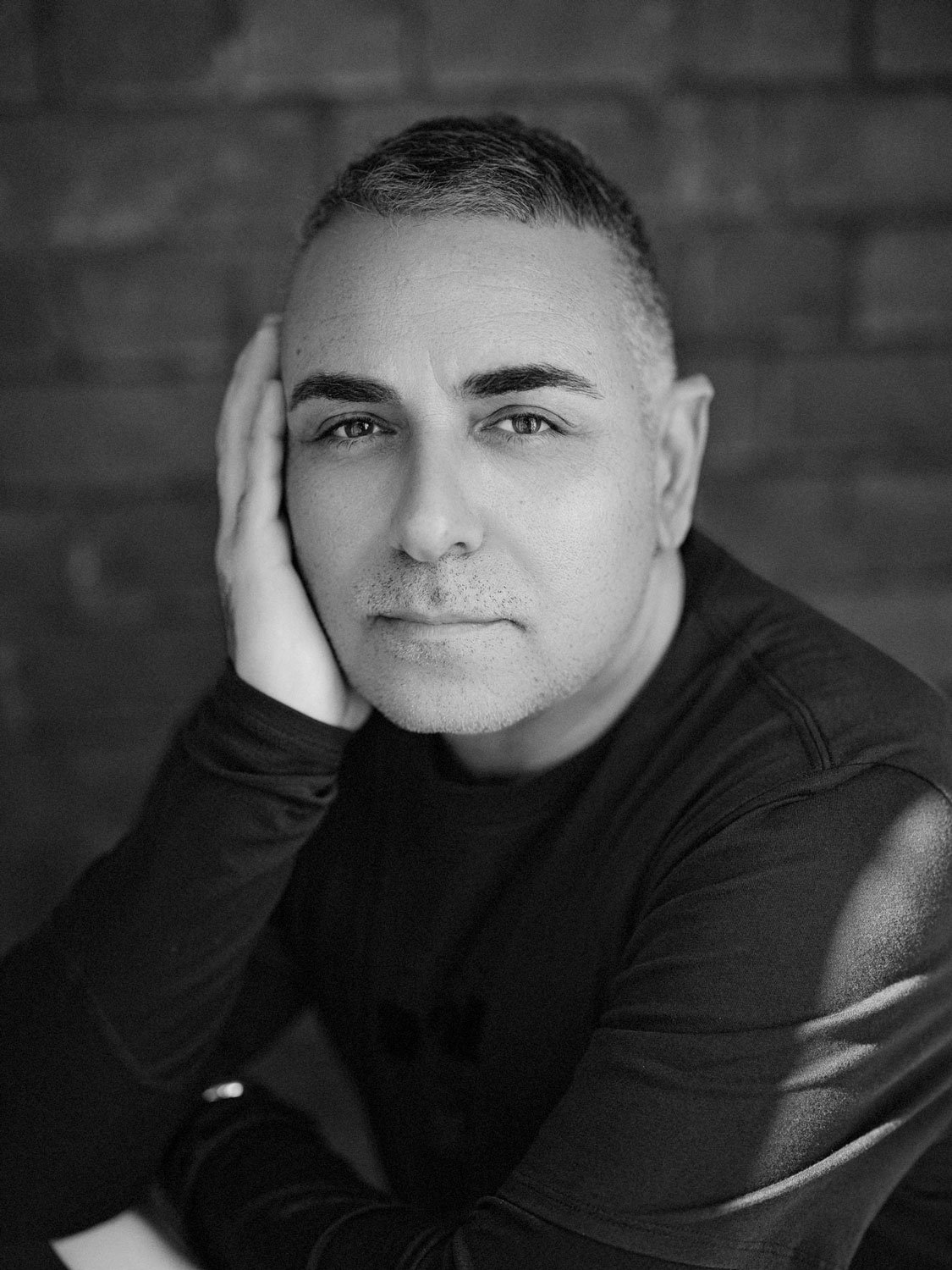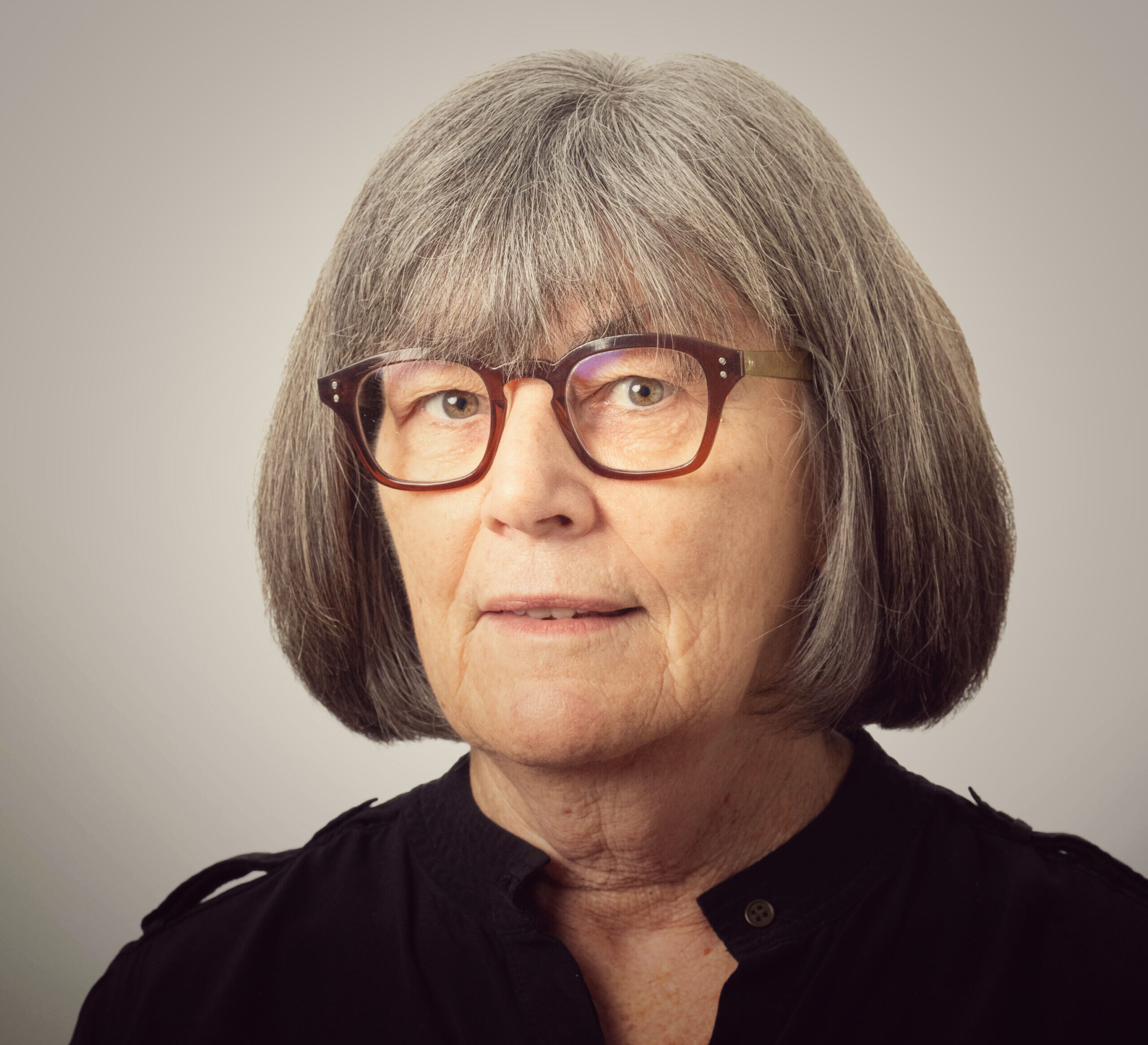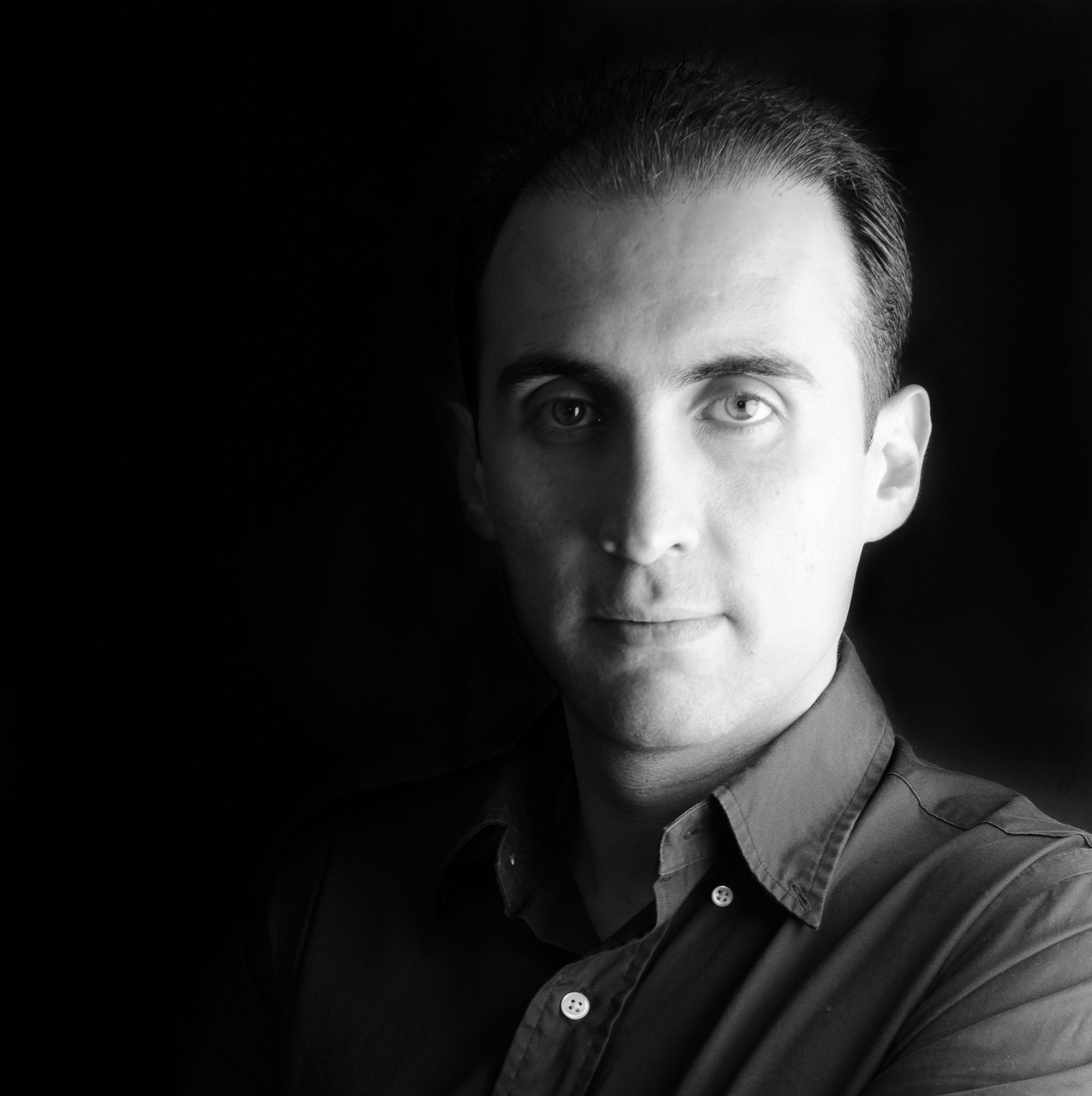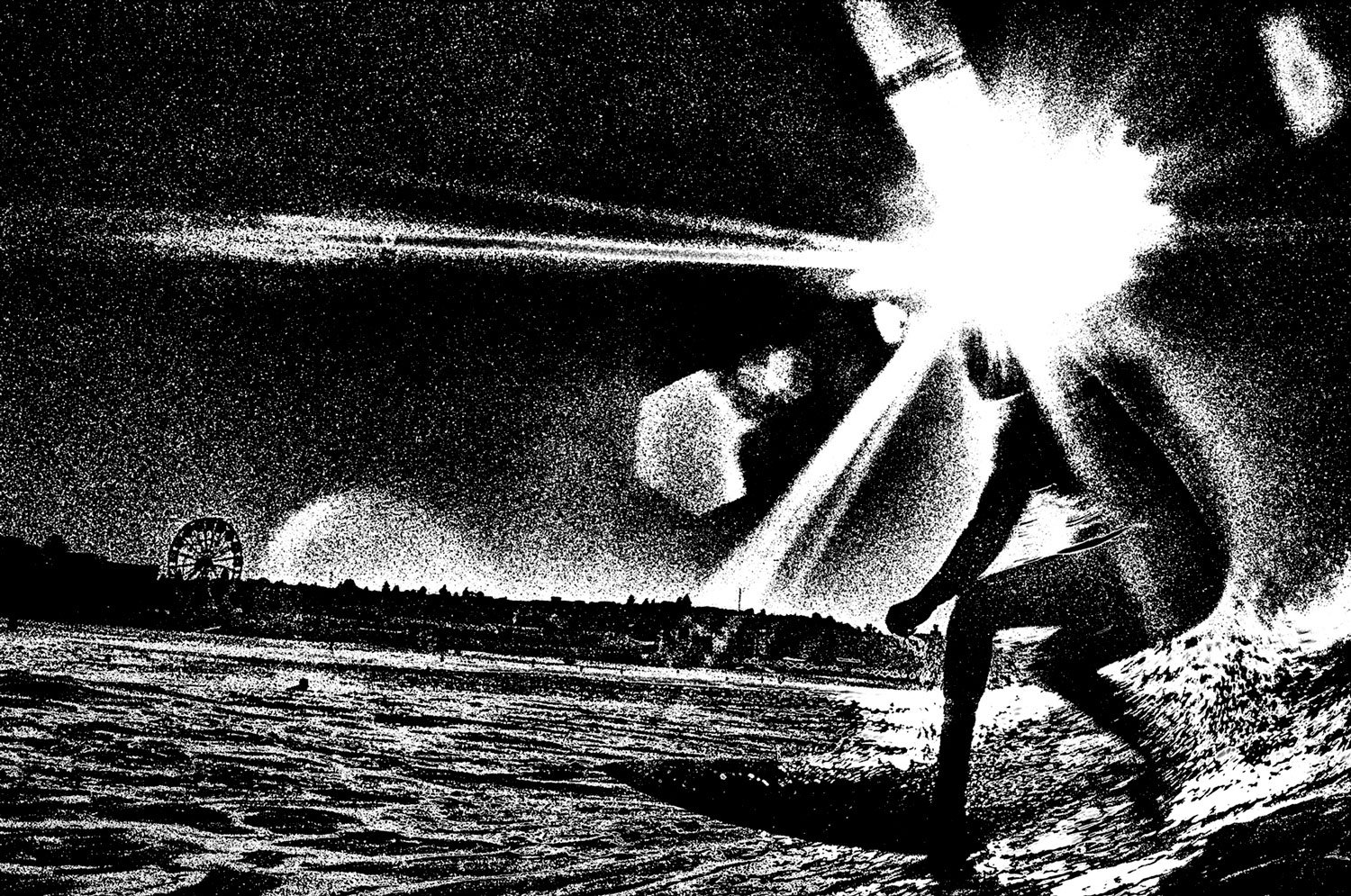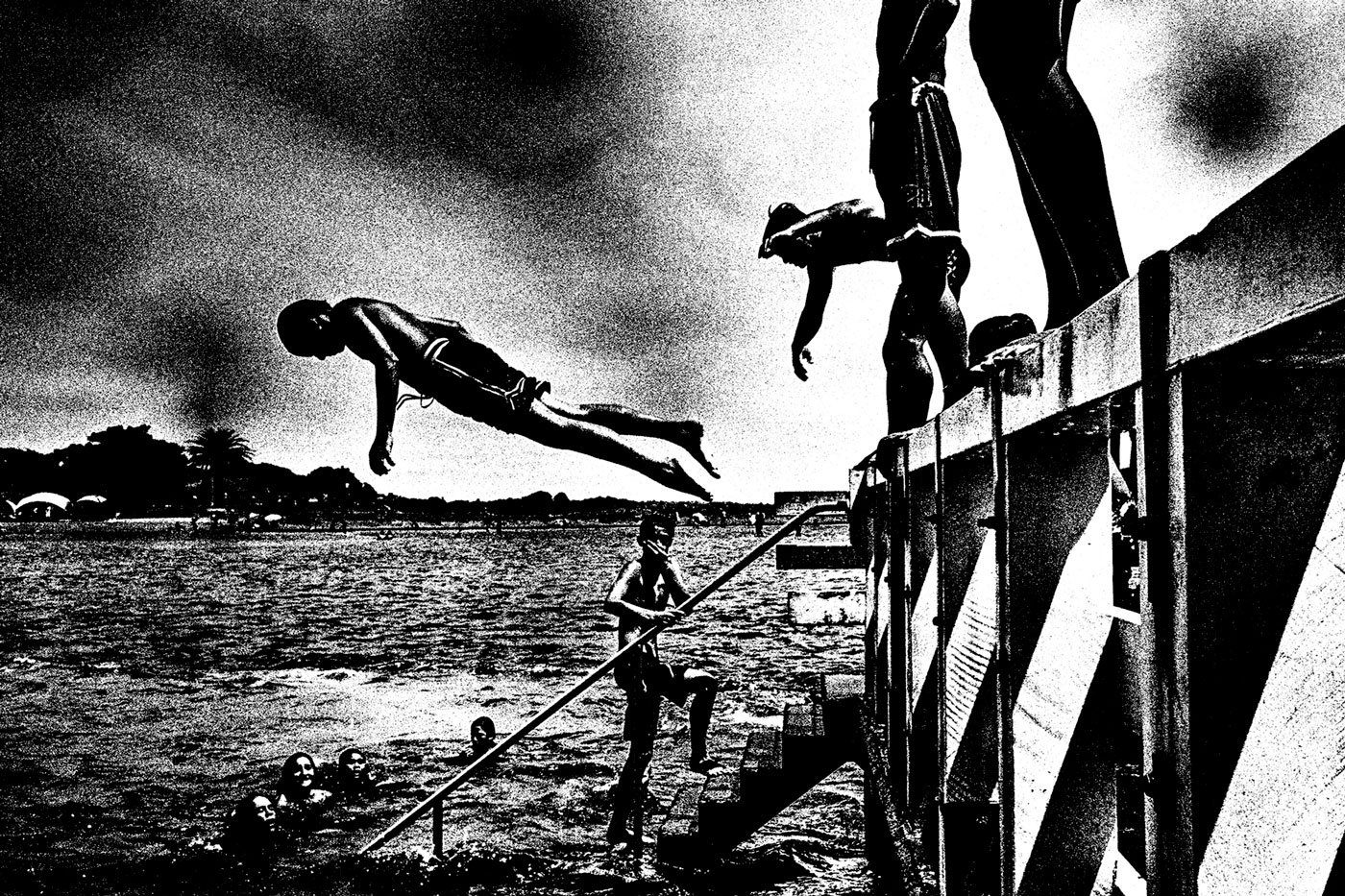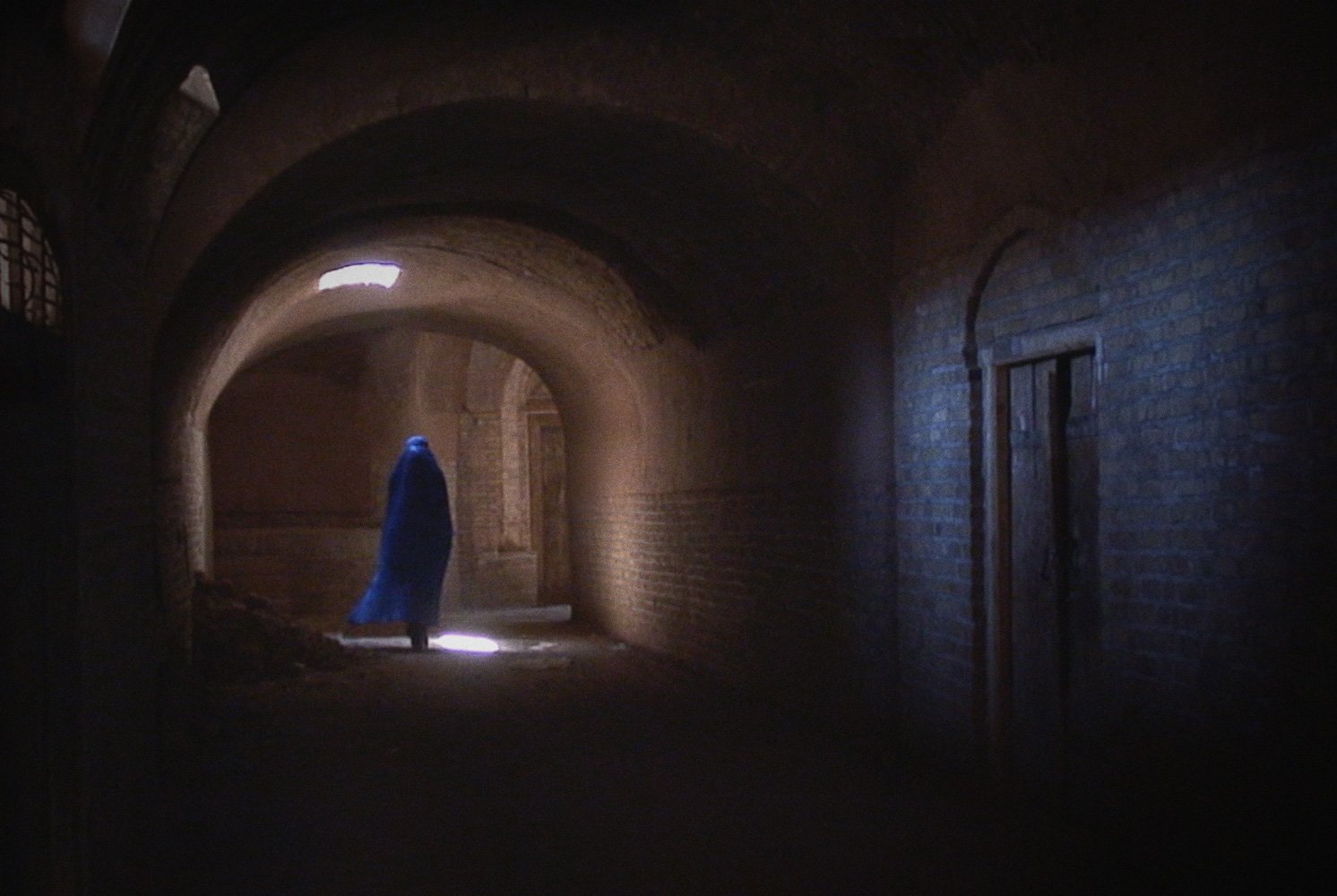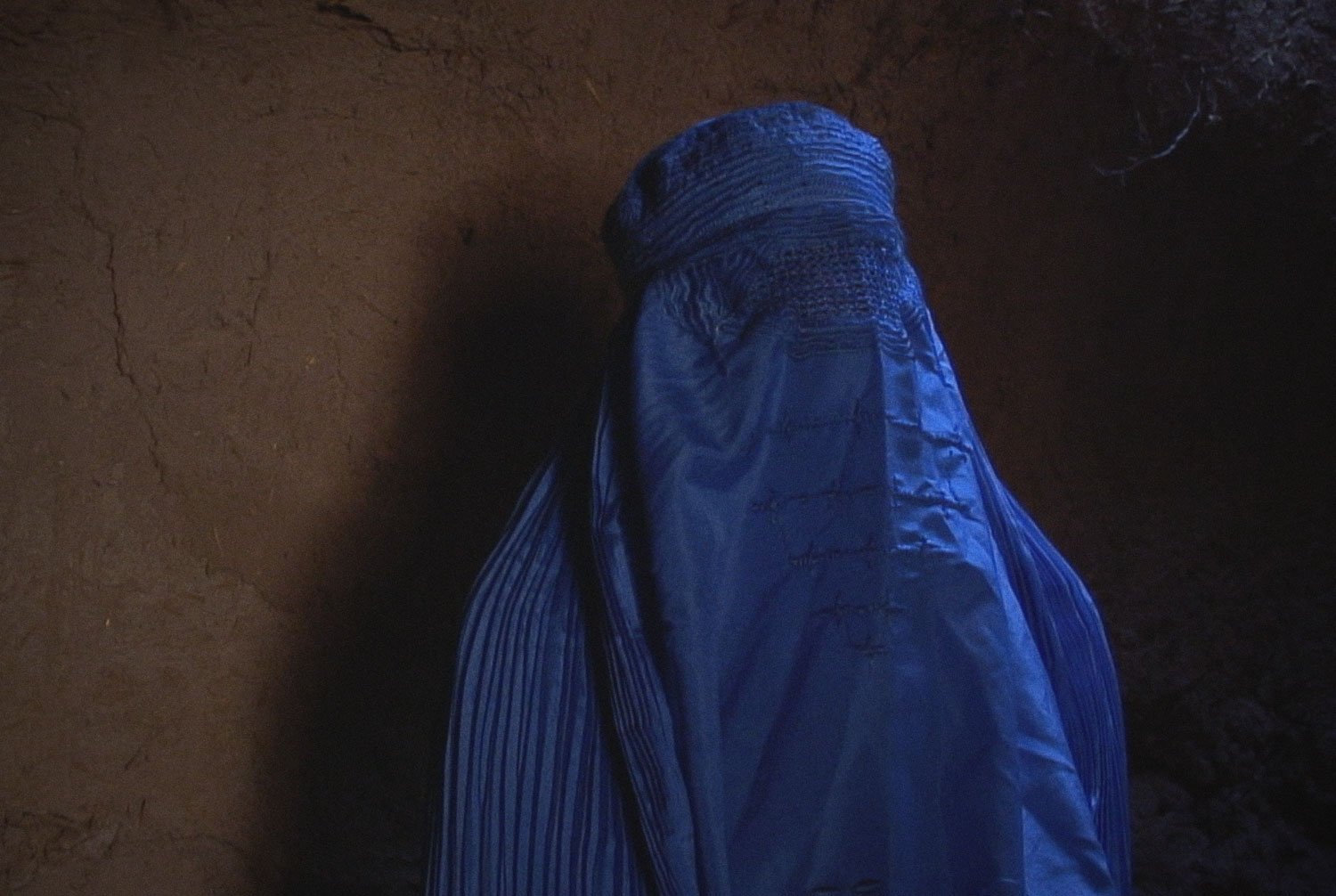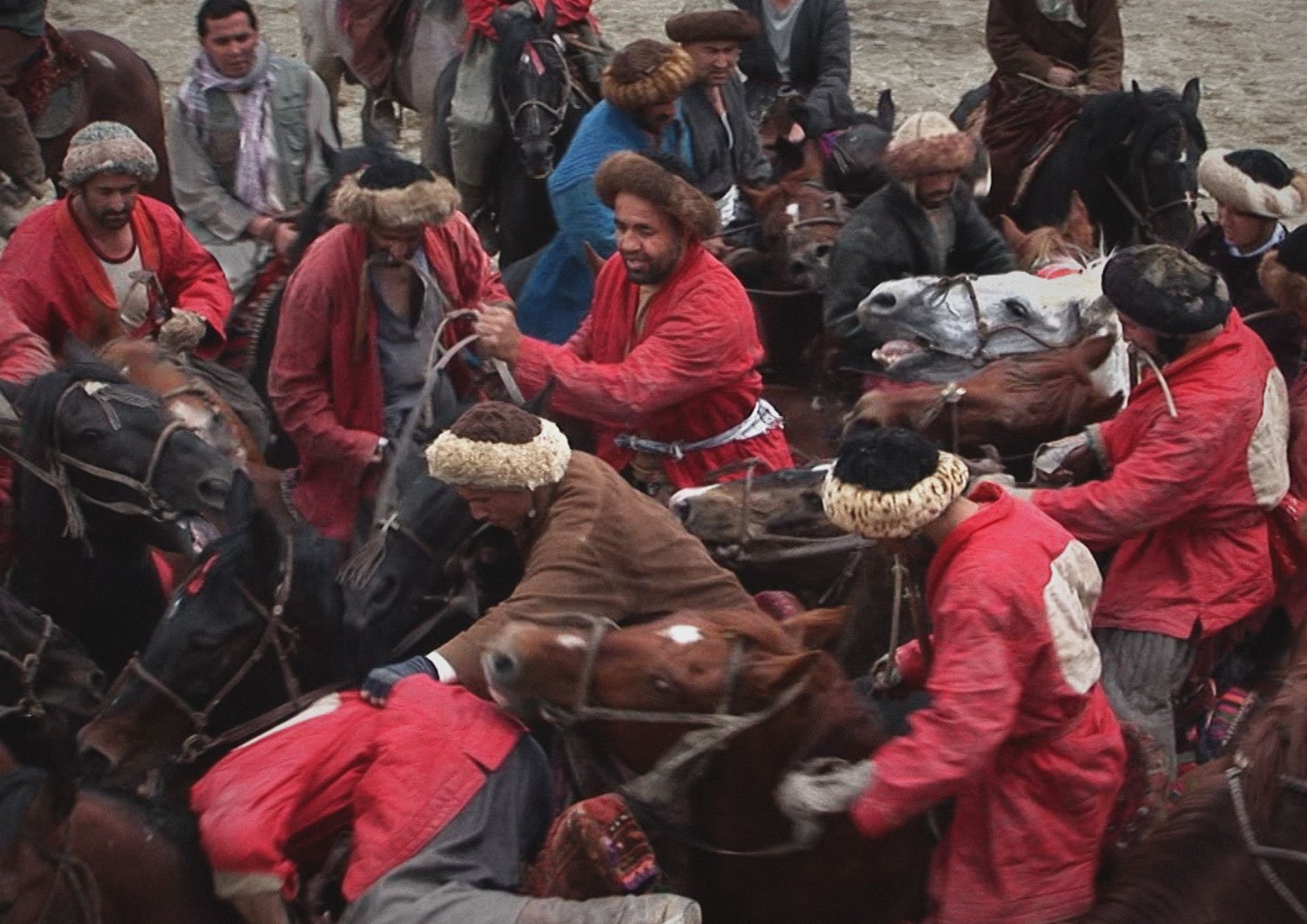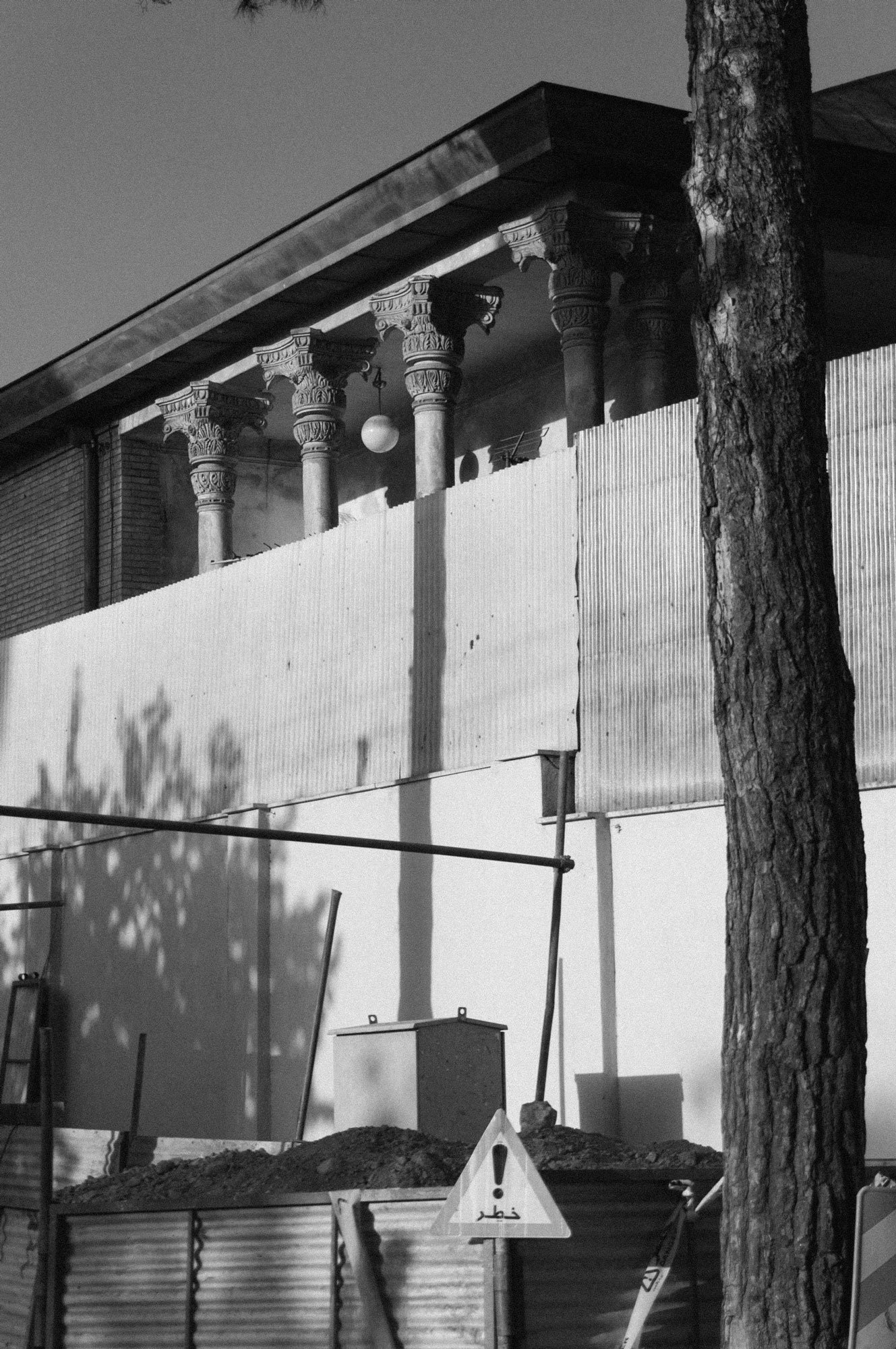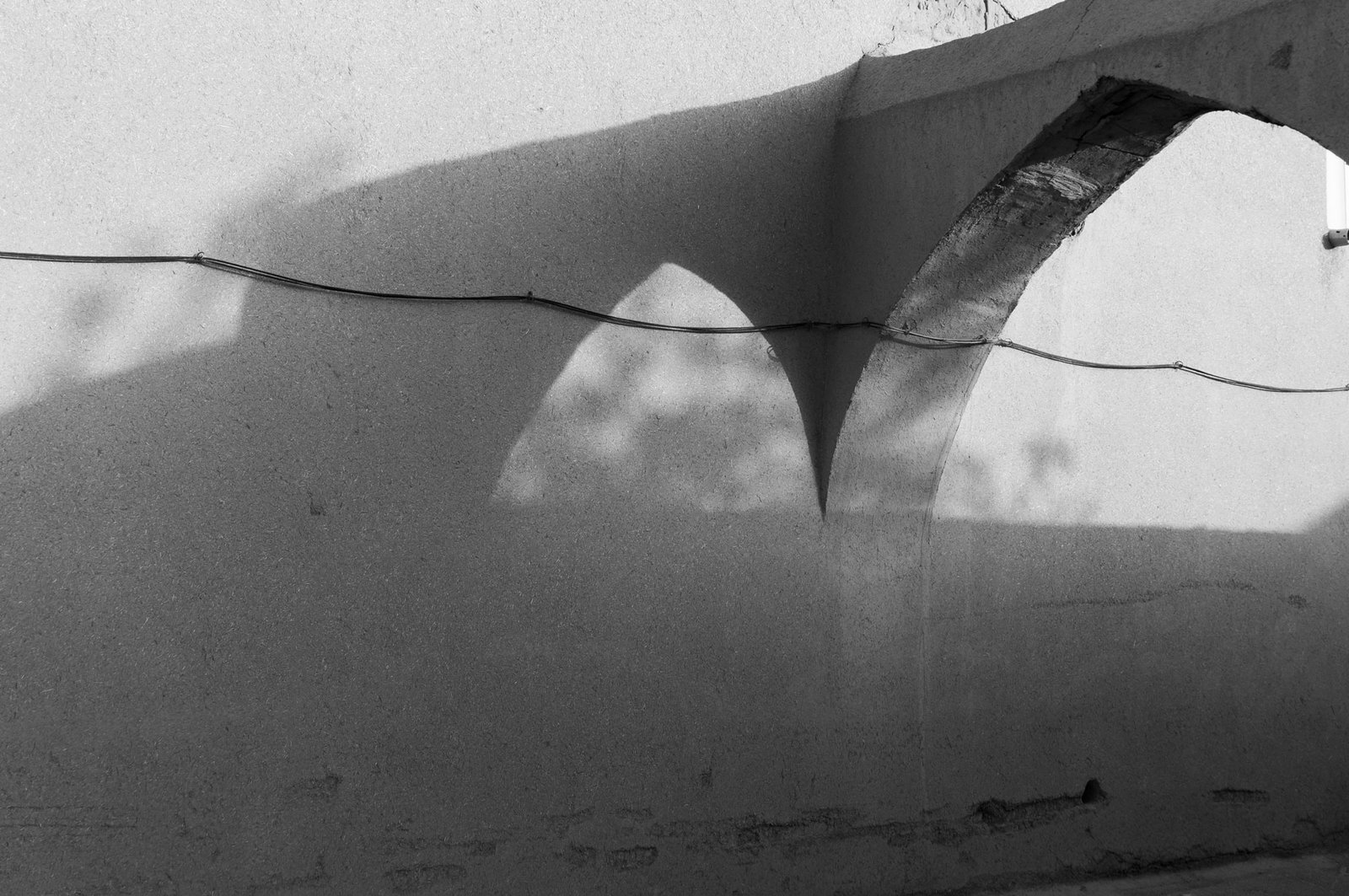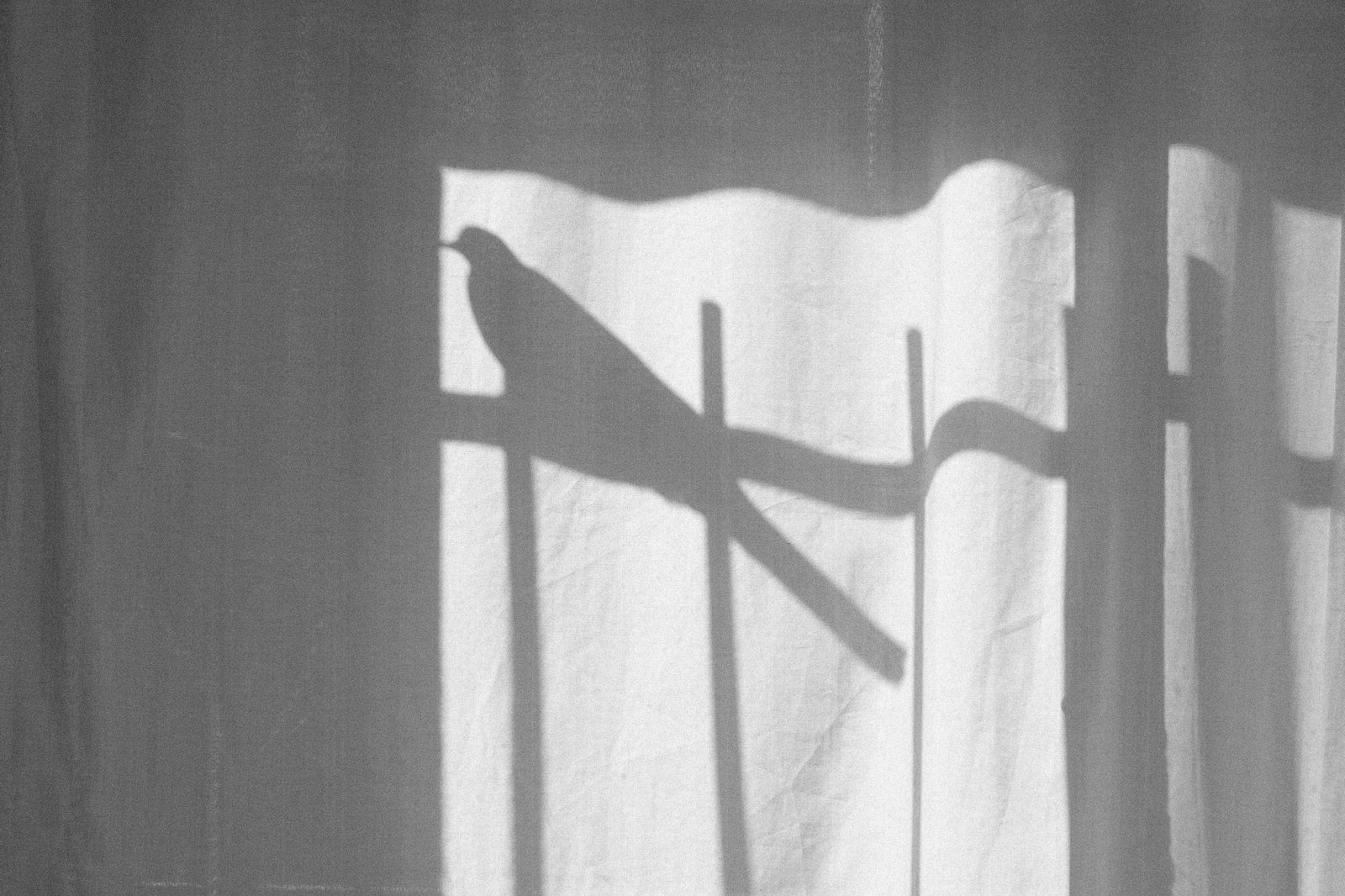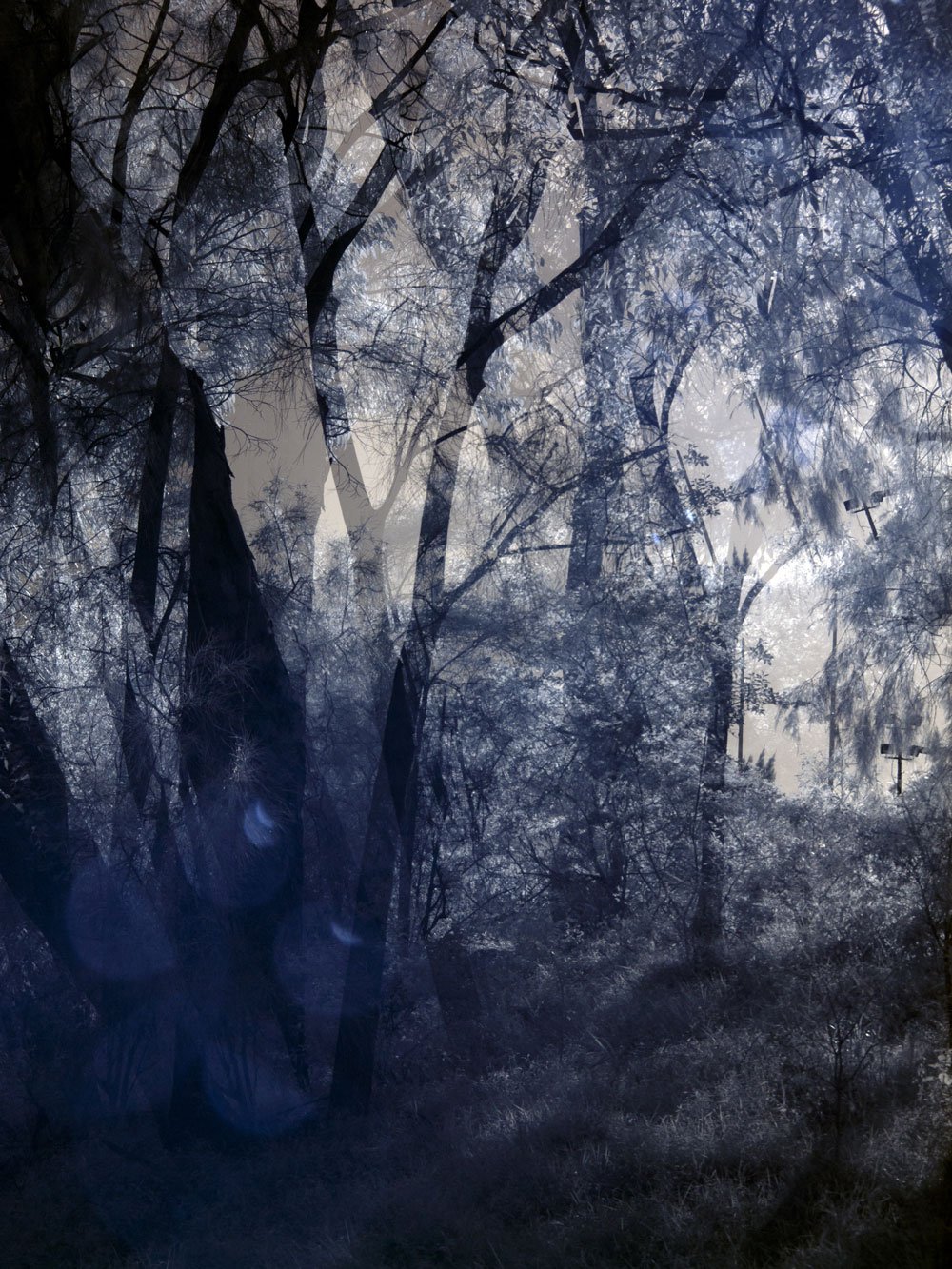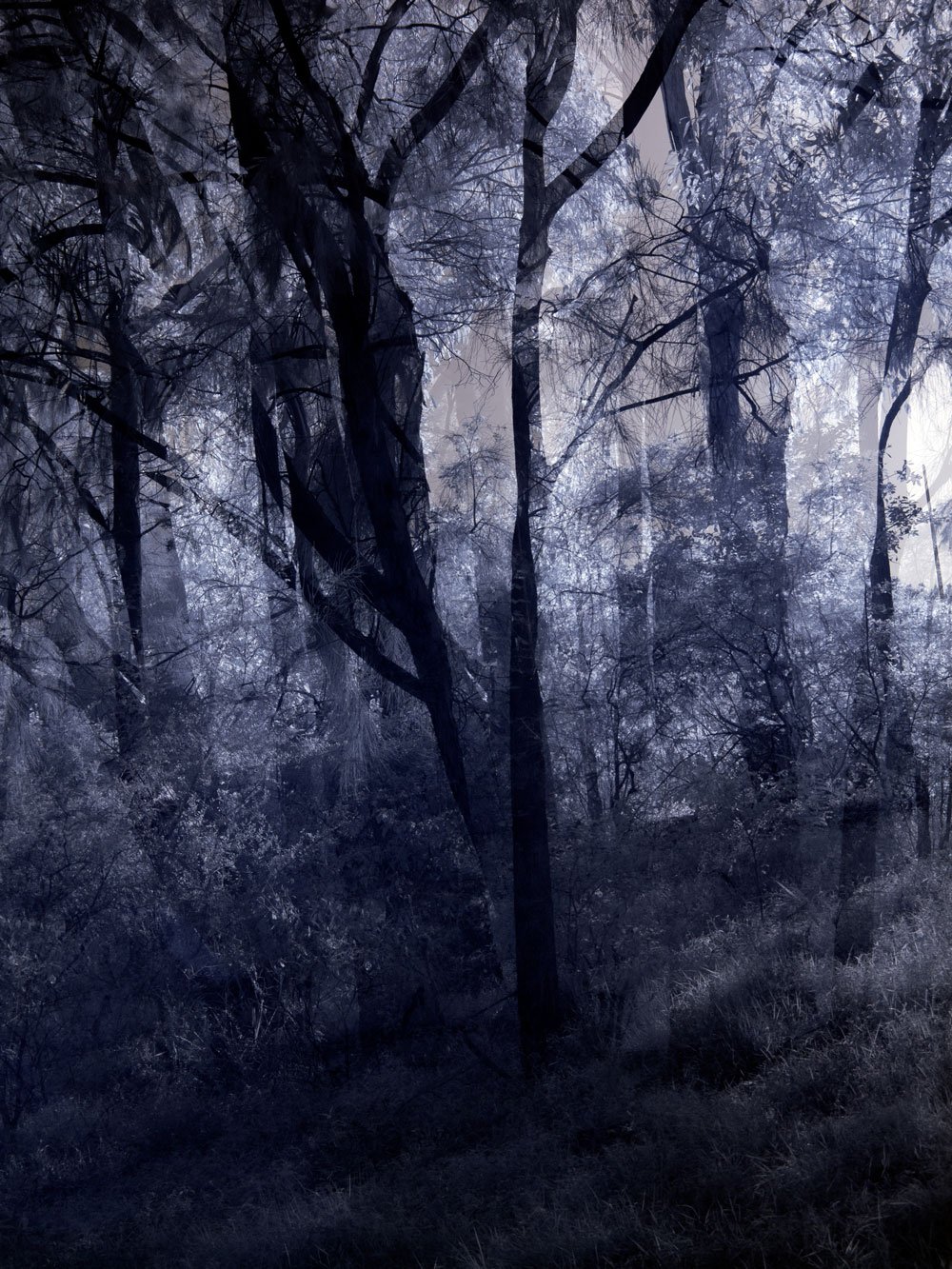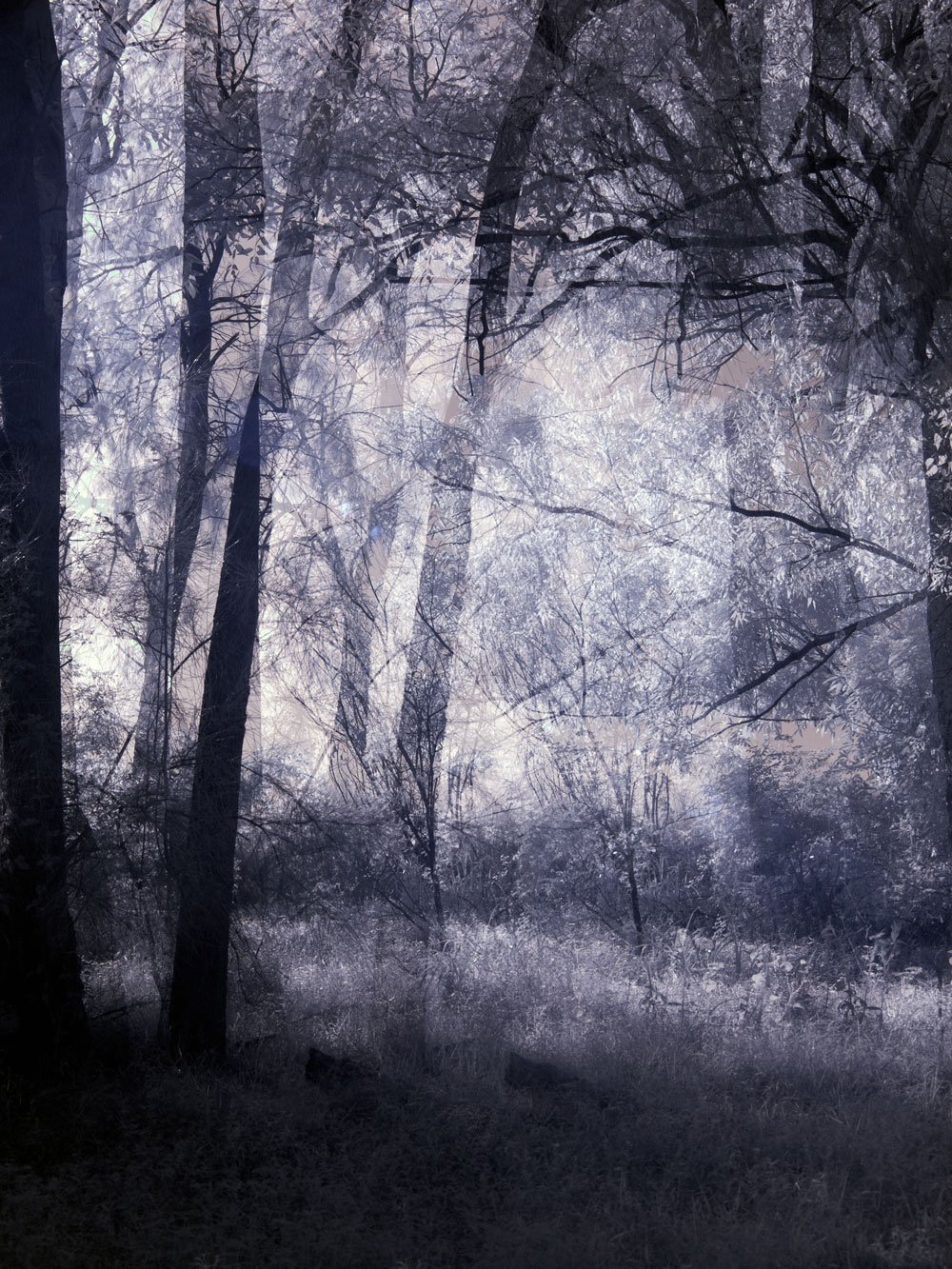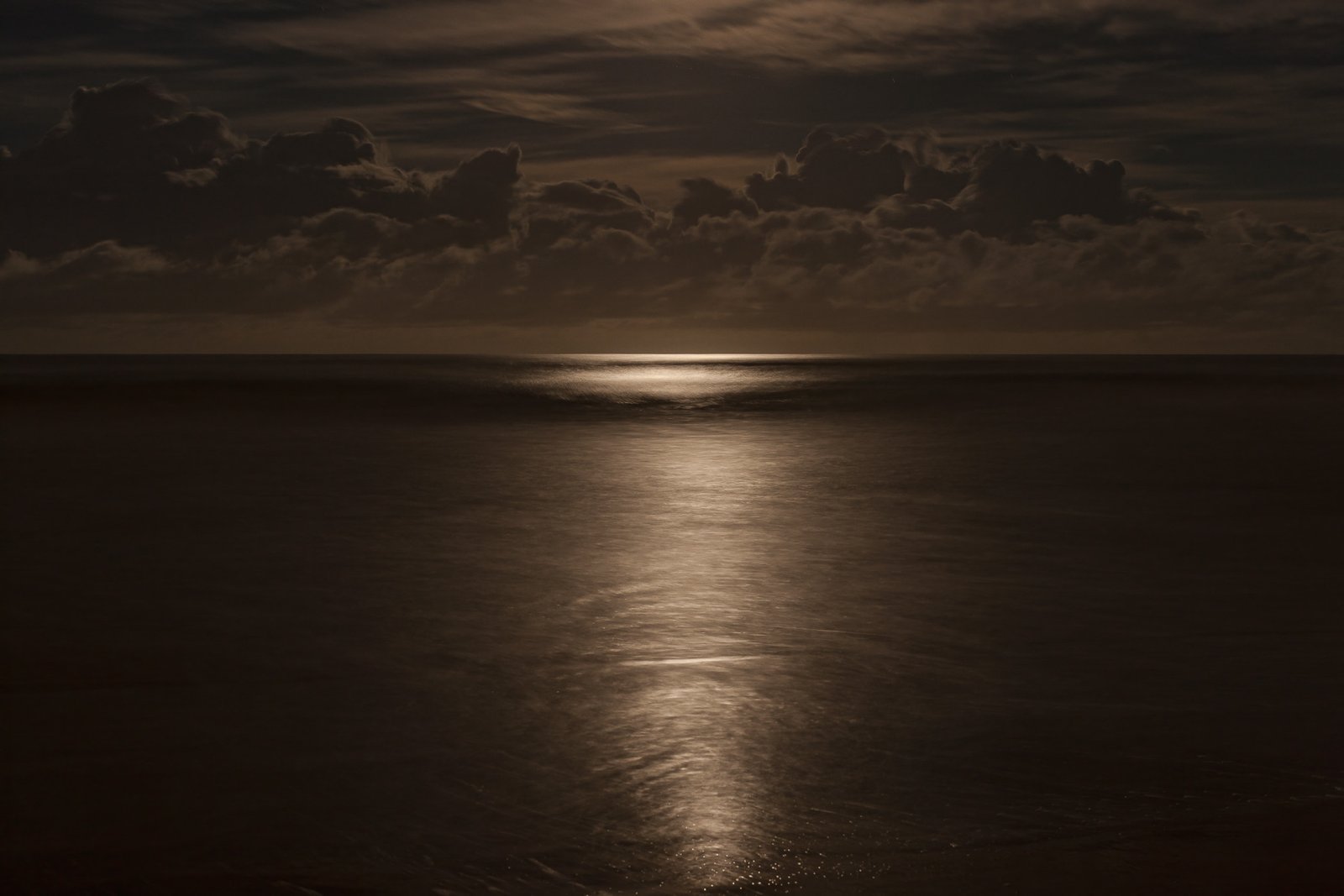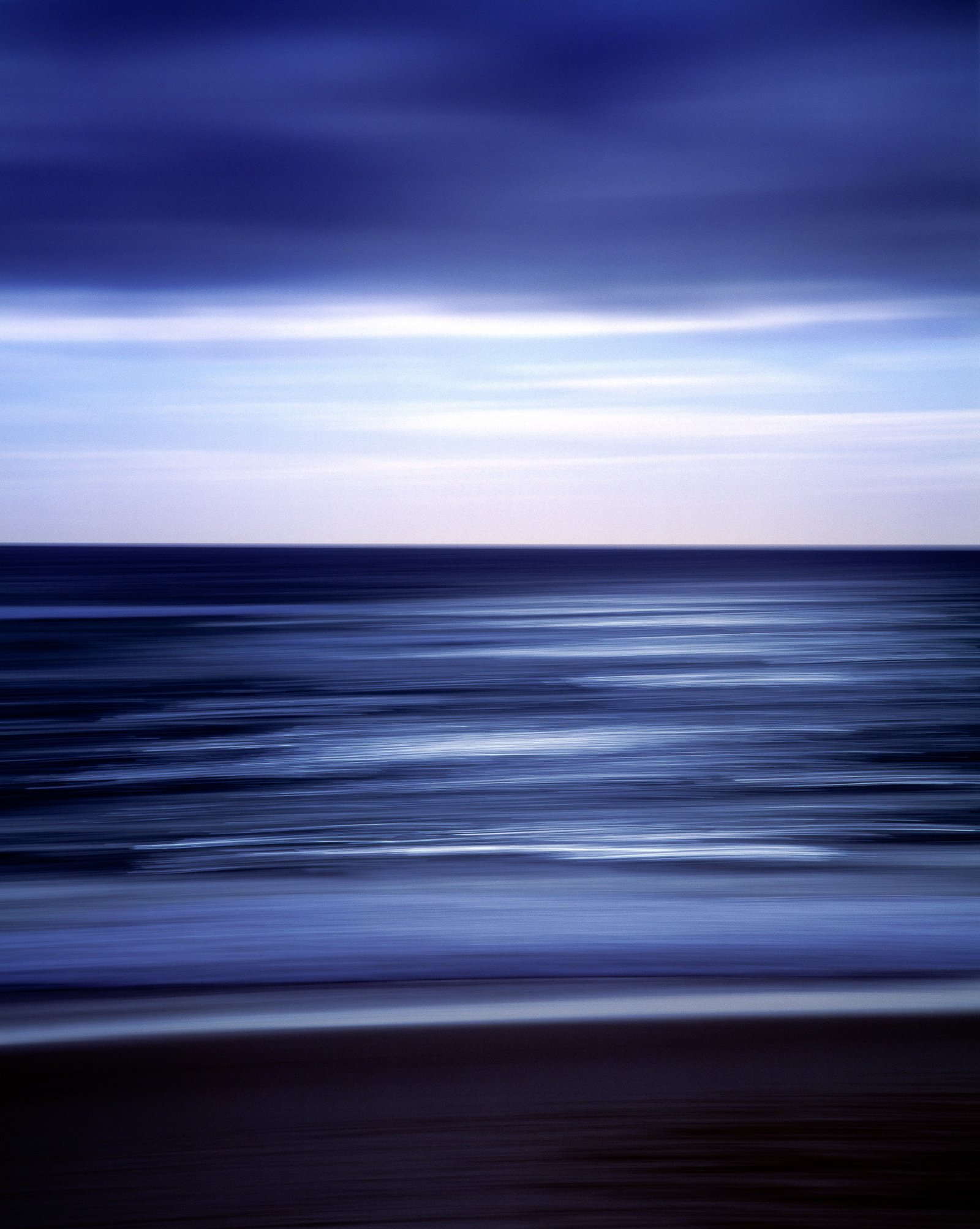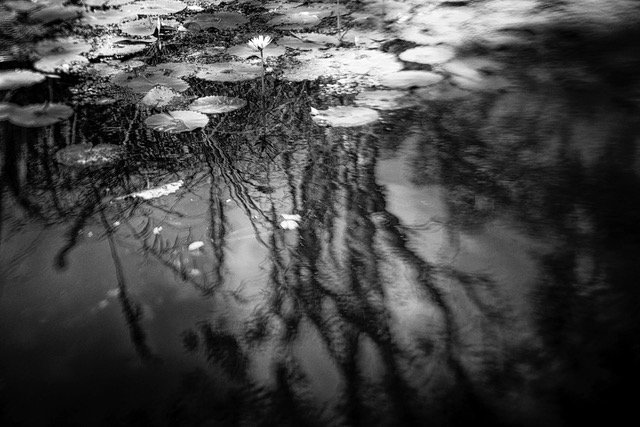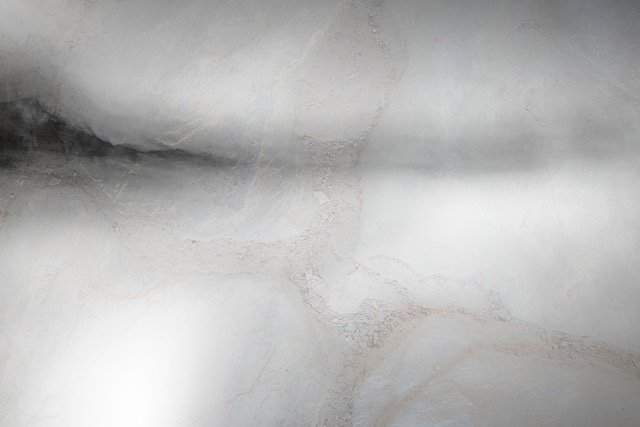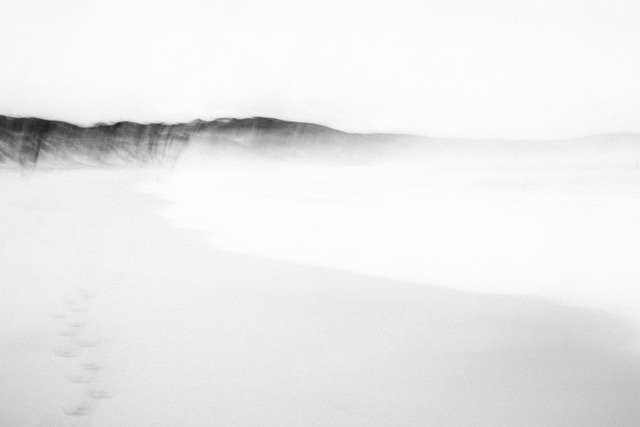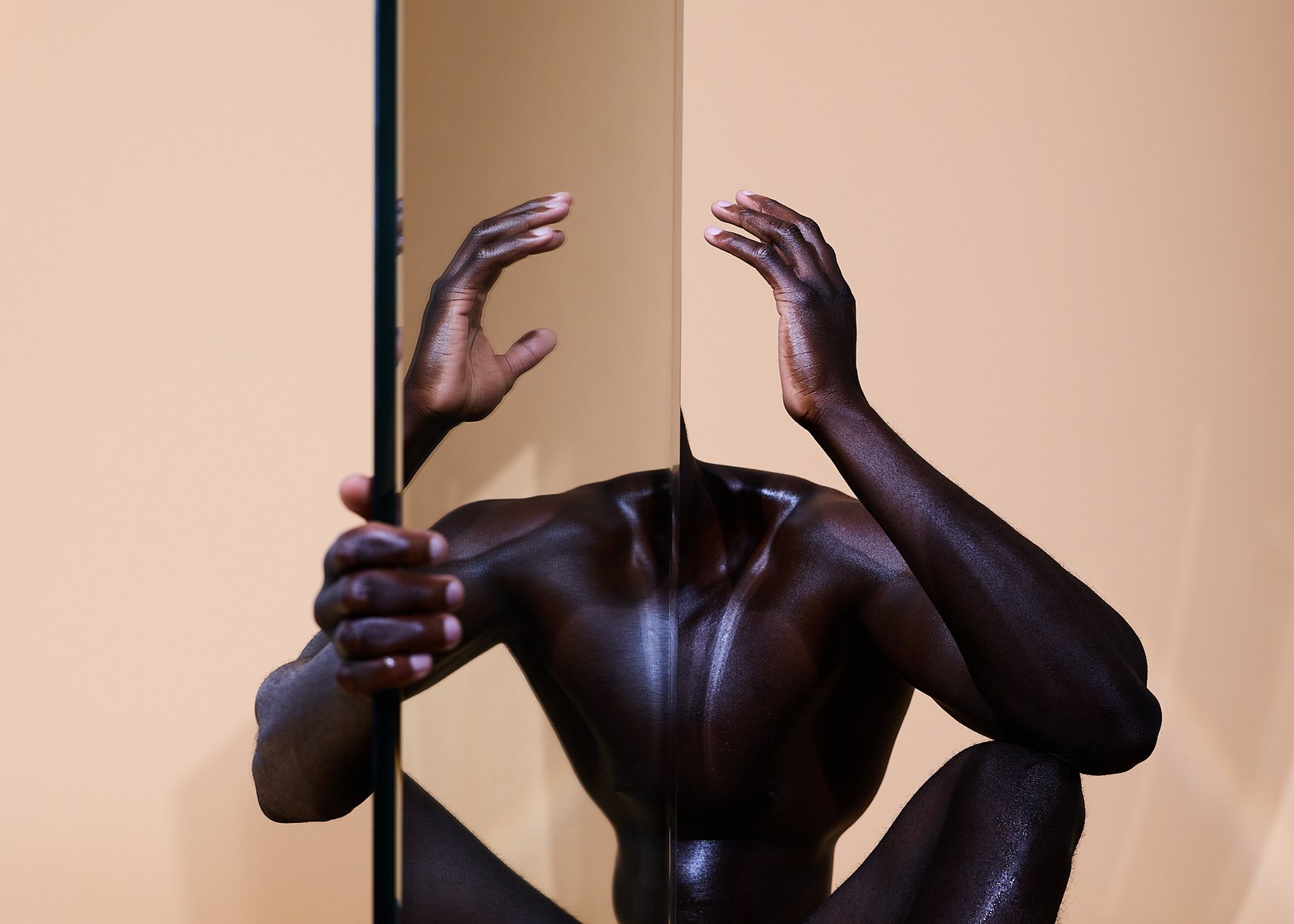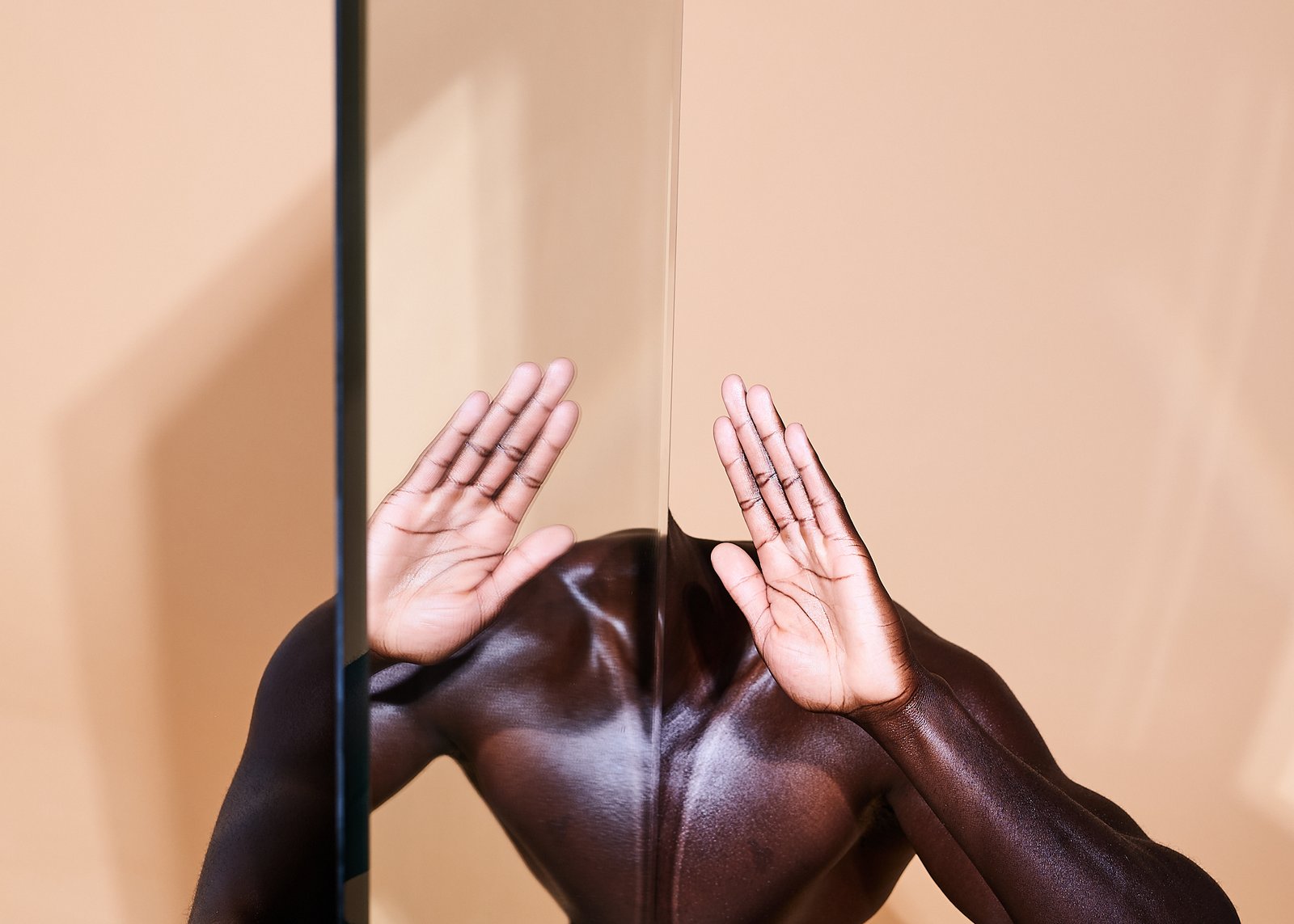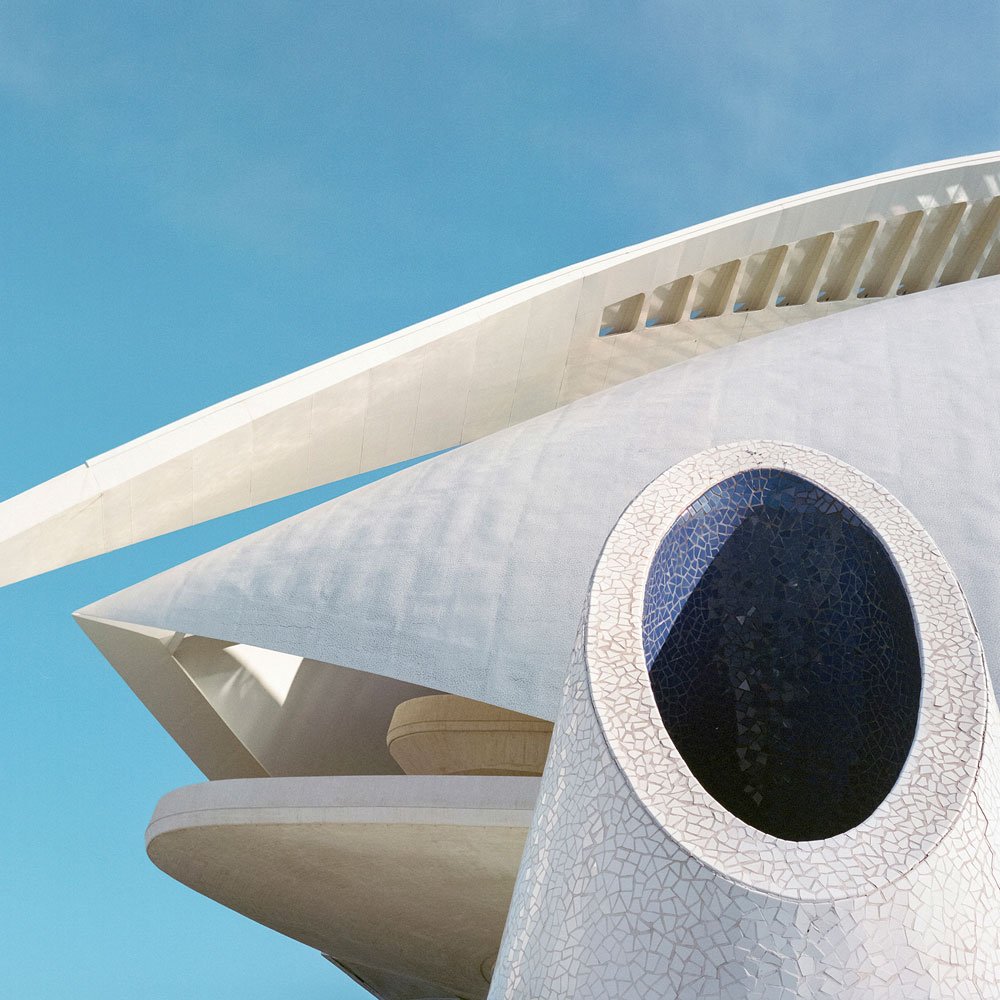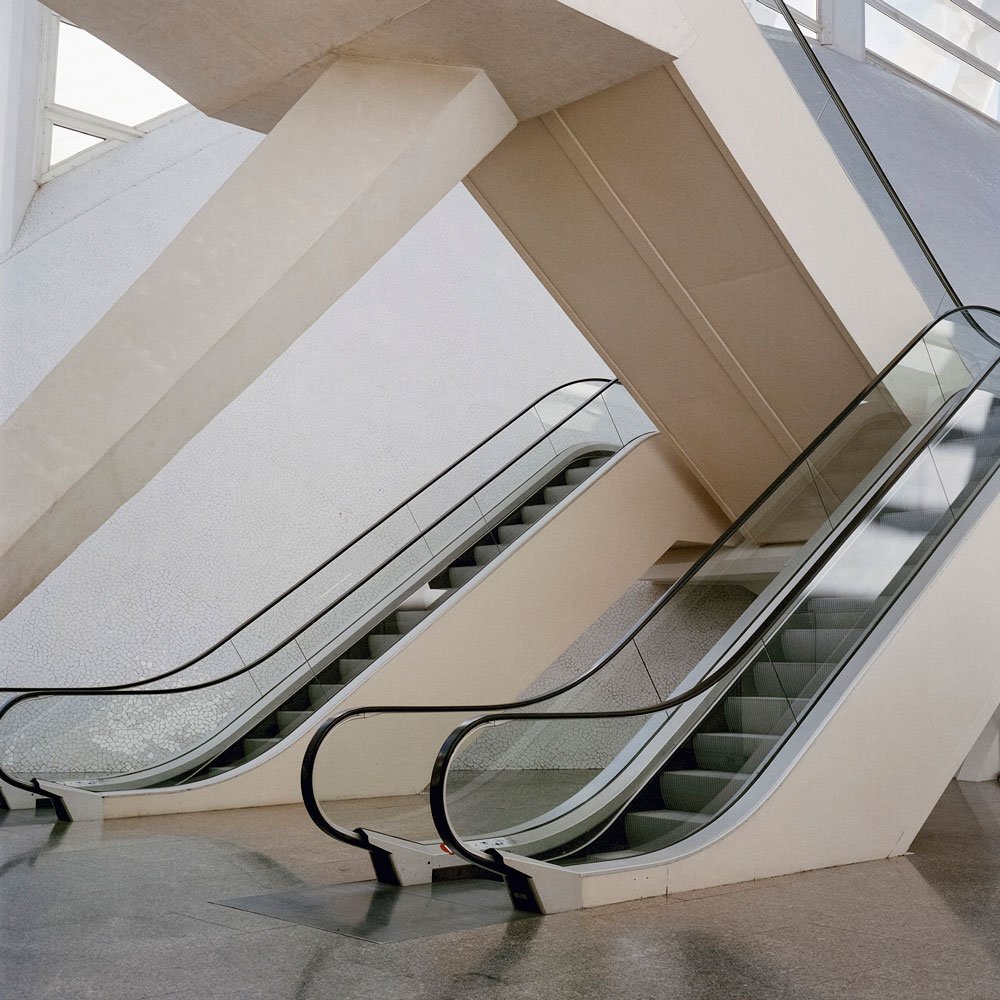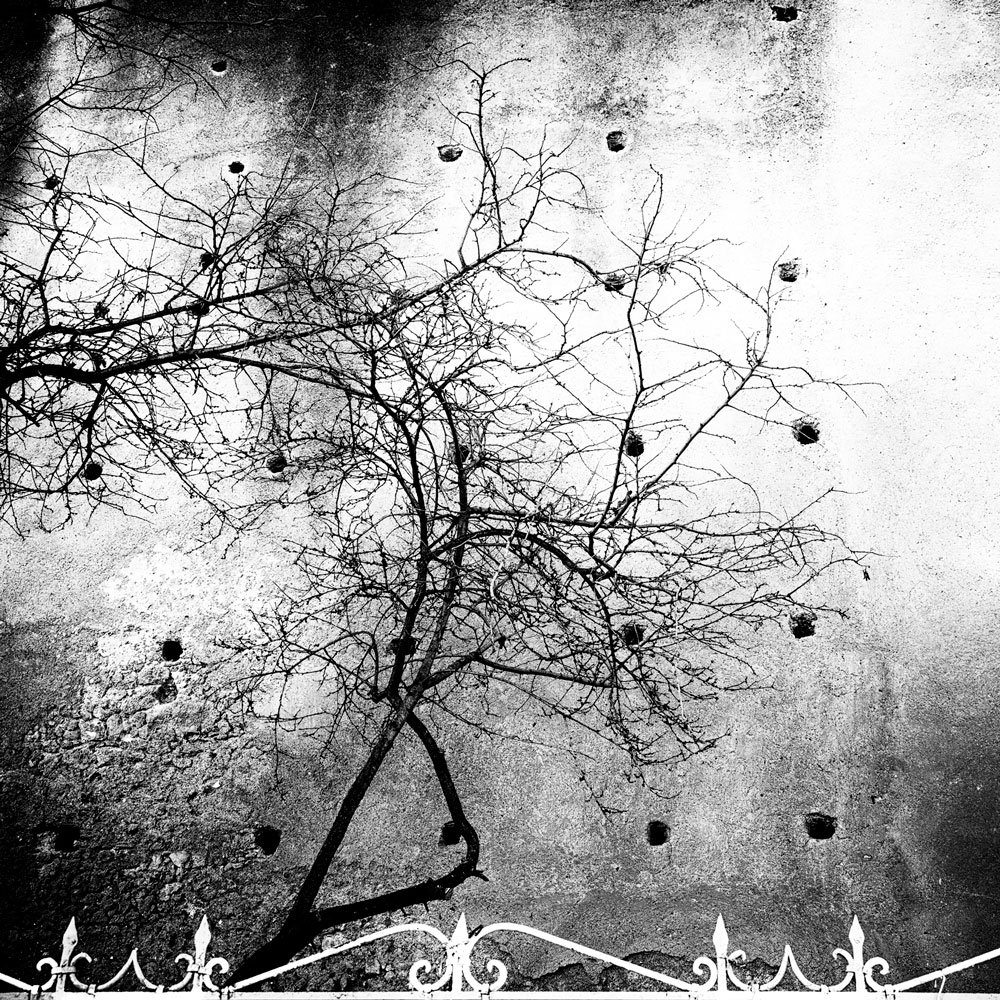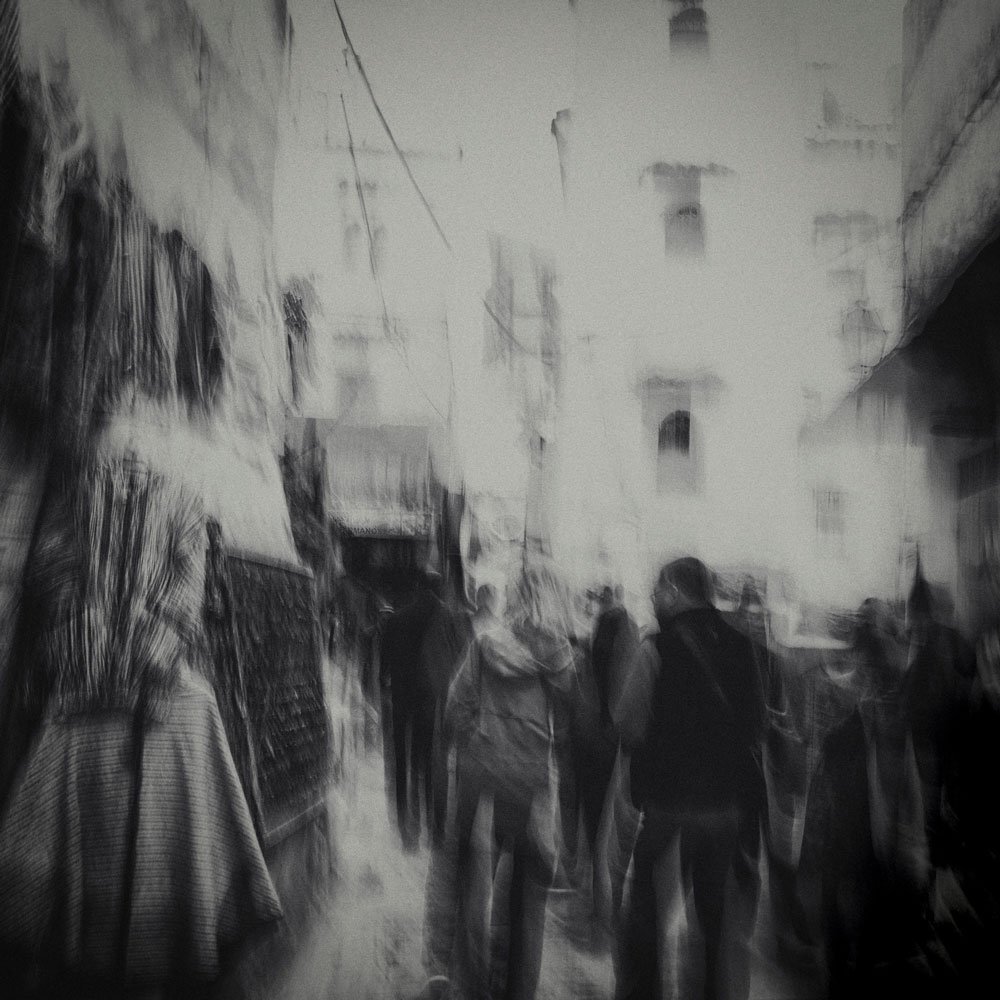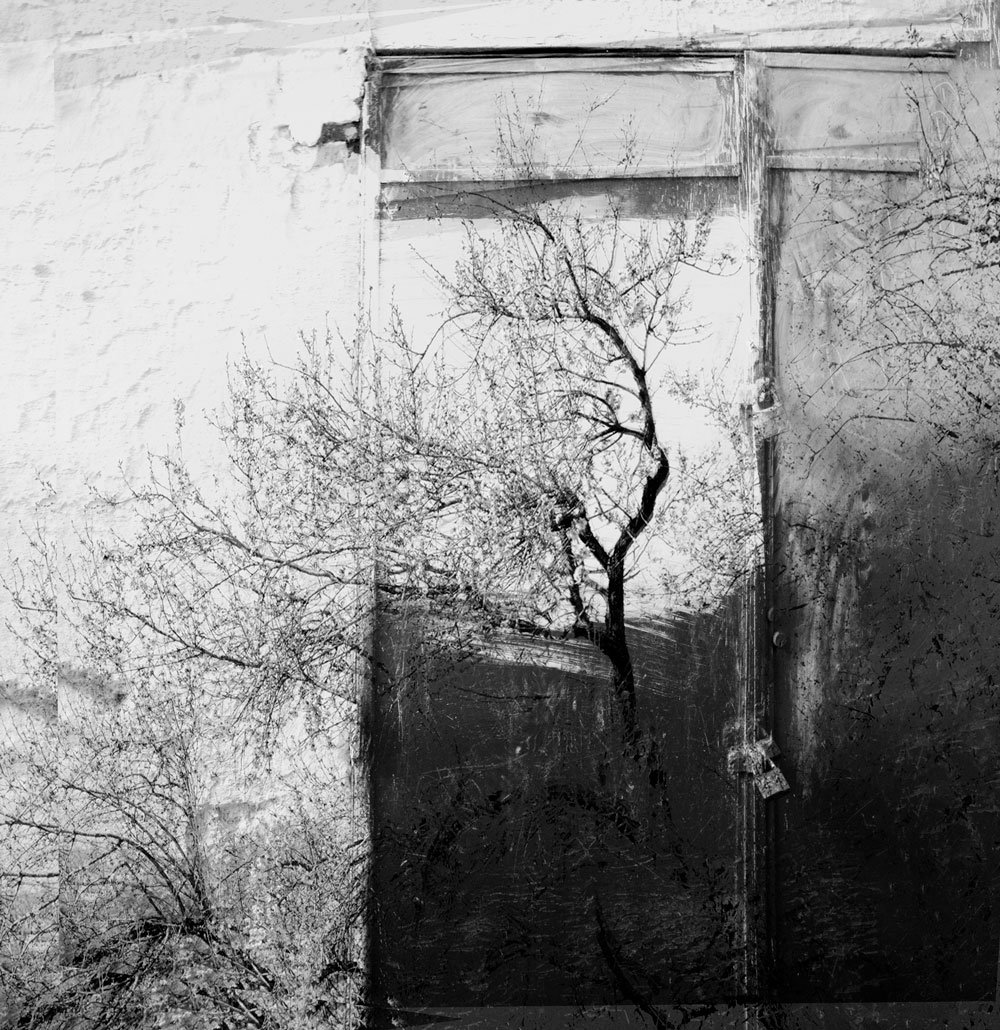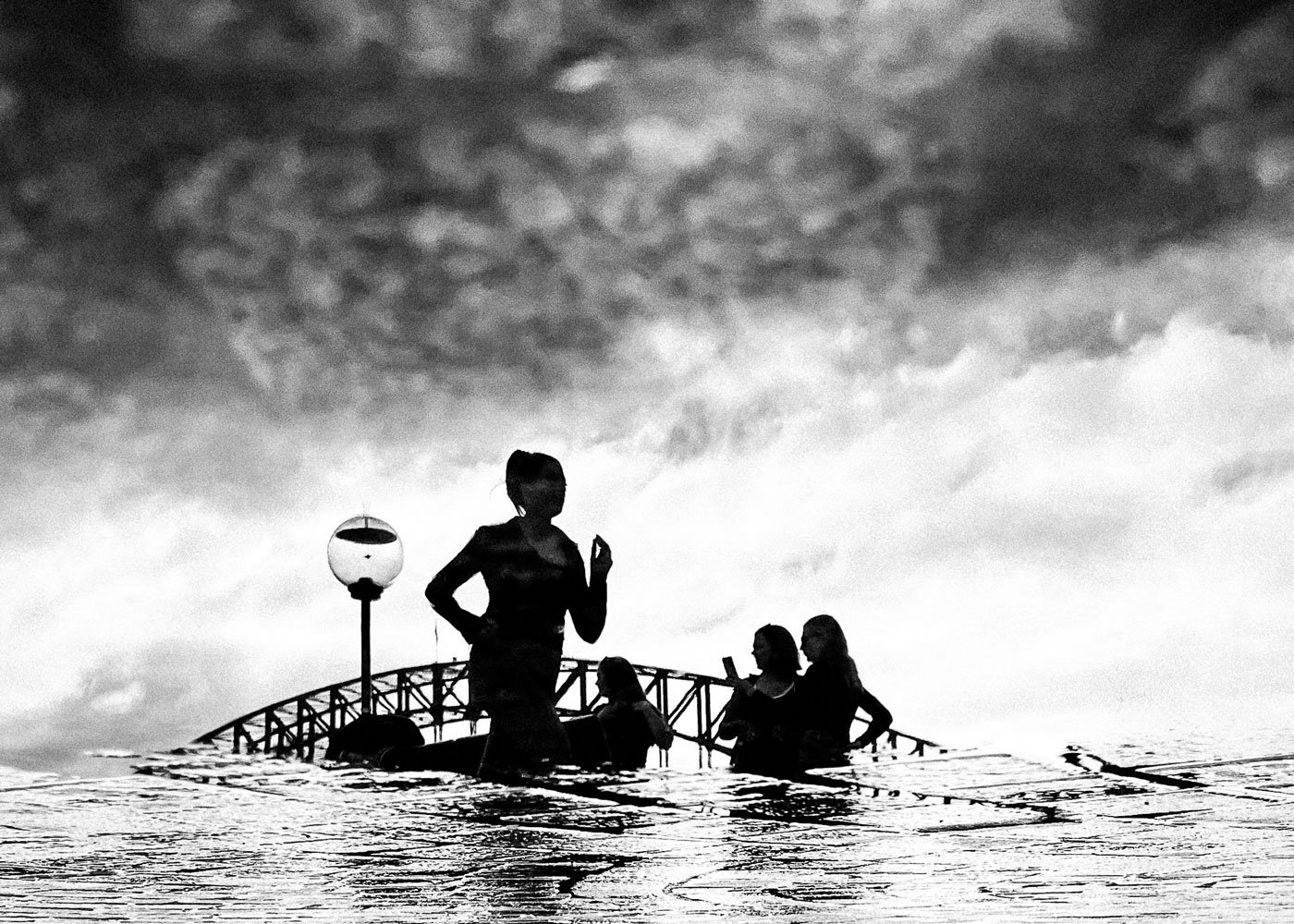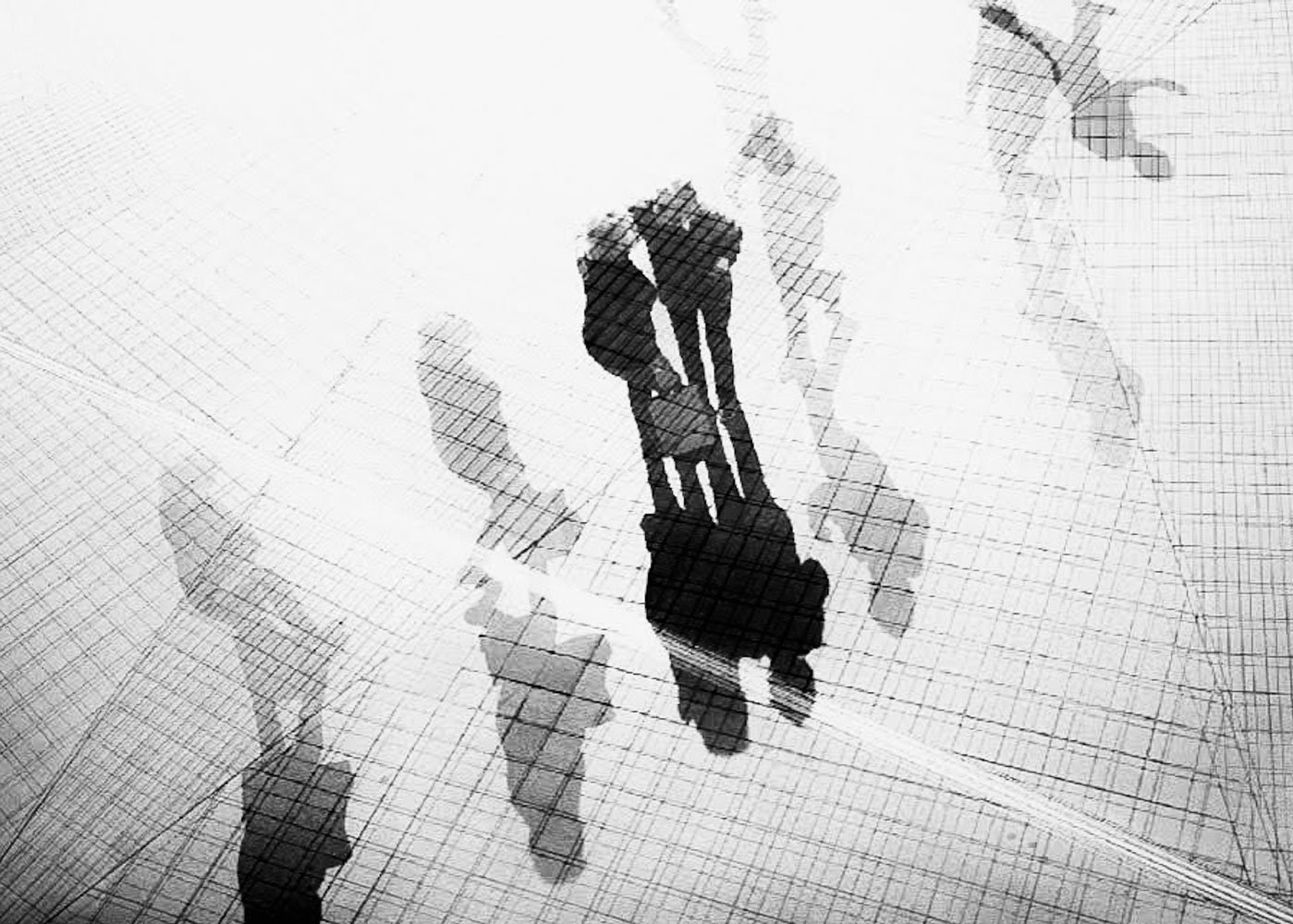Horizons of the Unknown brings together photographers whose work navigates the shifting territories between the visible and the unseen, the personal and the collective. This exhibition moves beyond surface aesthetics to embrace the power of images as vessels of memory, identity, and social commentary.
Through themes of identity, memory, migration, gender, and cultural heritage, the artists chart landscapes that are both intimate and expansive. Some works draw from deep autobiographical moments, revealing private worlds of longing, resilience, and transformation. Others engage with broader cultural and political realities, confronting questions of displacement, belonging, and the reimagining of tradition.
Here, the horizon is not merely a line in the distance but a metaphor for the unknown paths that lie ahead — the untold stories, the overlooked histories, the silent voices waiting to be heard.
Each photograph becomes a threshold, inviting the viewer to cross into unfamiliar terrain, to question what is known, and to reimagine what might be possible.
In this way, Horizons of the Unknown is both a journey and a dialogue — between artist and audience, between past and future, between what we see and what we have yet to understand.
Exhibition Details
Opening Night: 9 October, 6 – 8 PM
Location: 59 Flinders St. Surry Hills
Curator: Farideh Zariv
Guest of Honour: Sandy Edwards
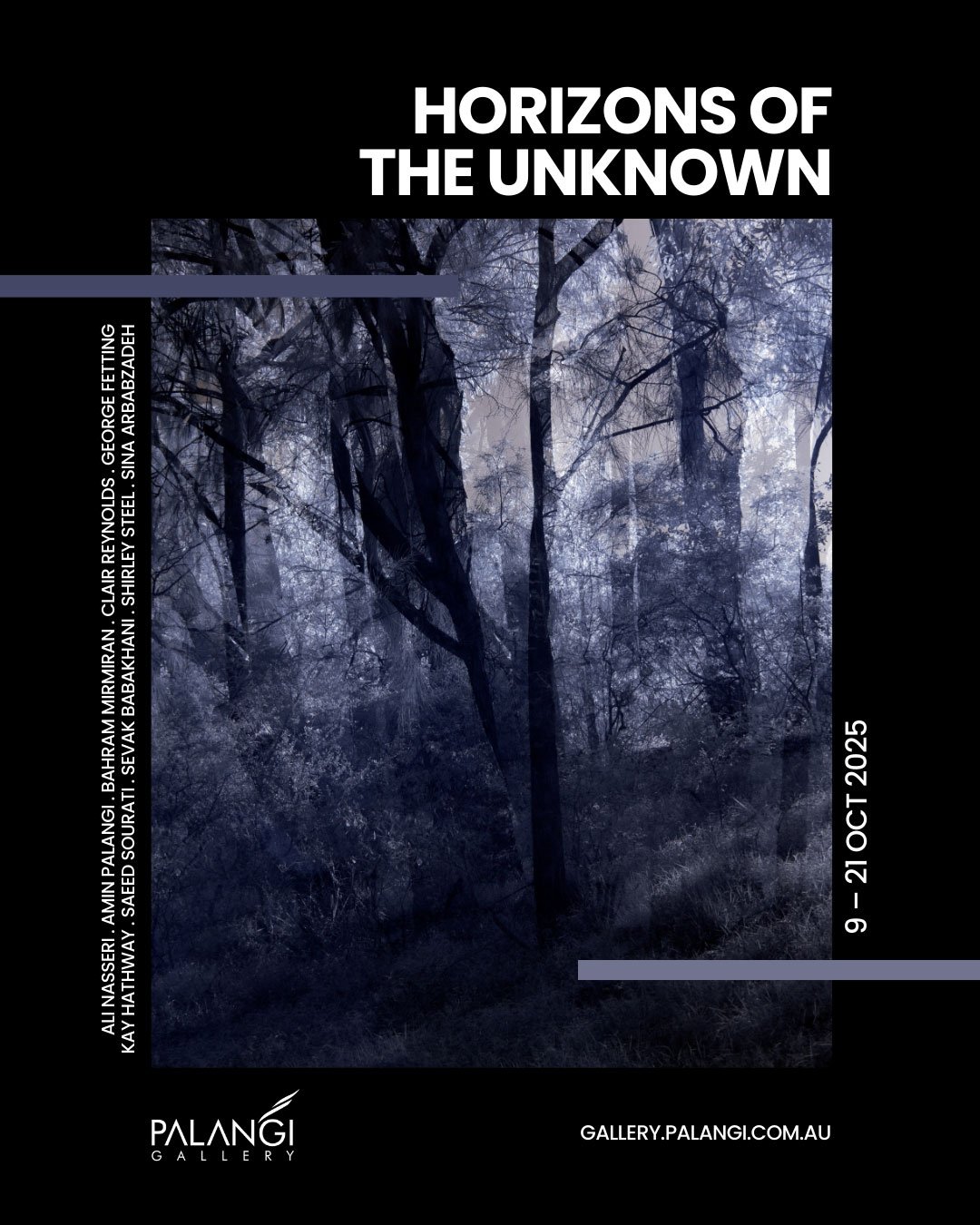
Participating Artists
